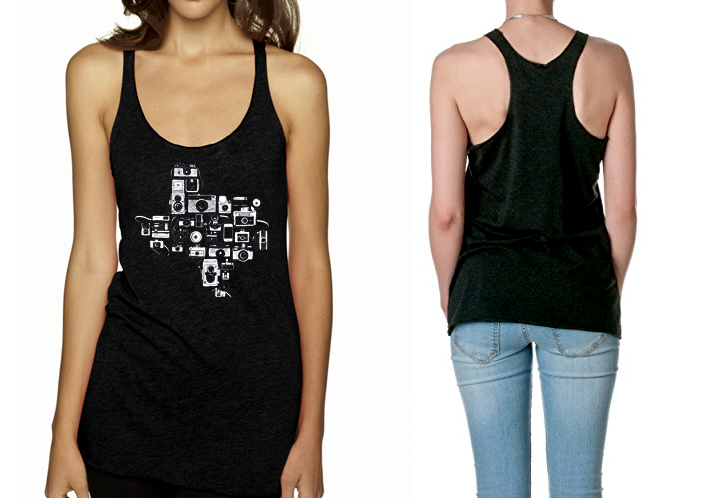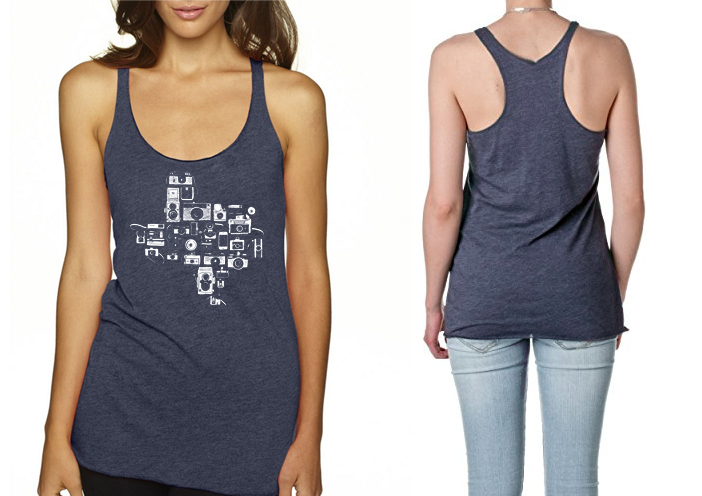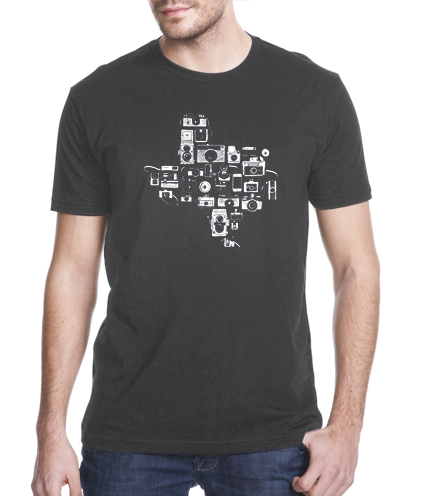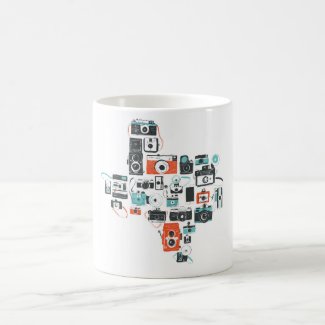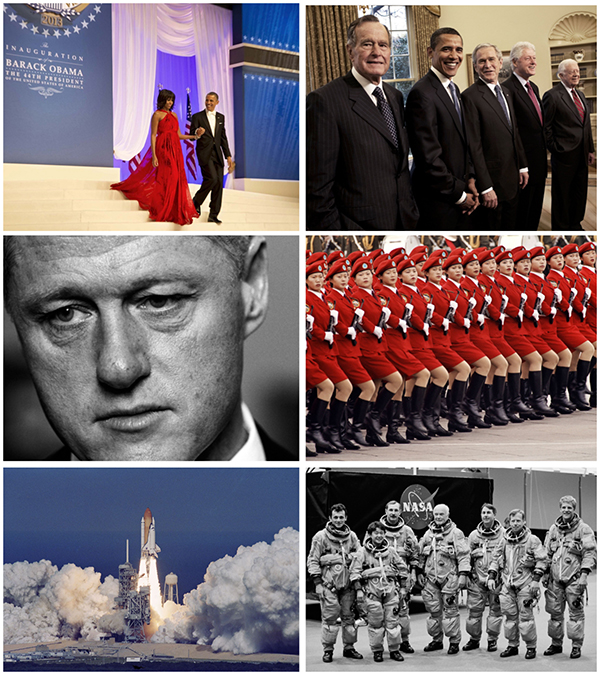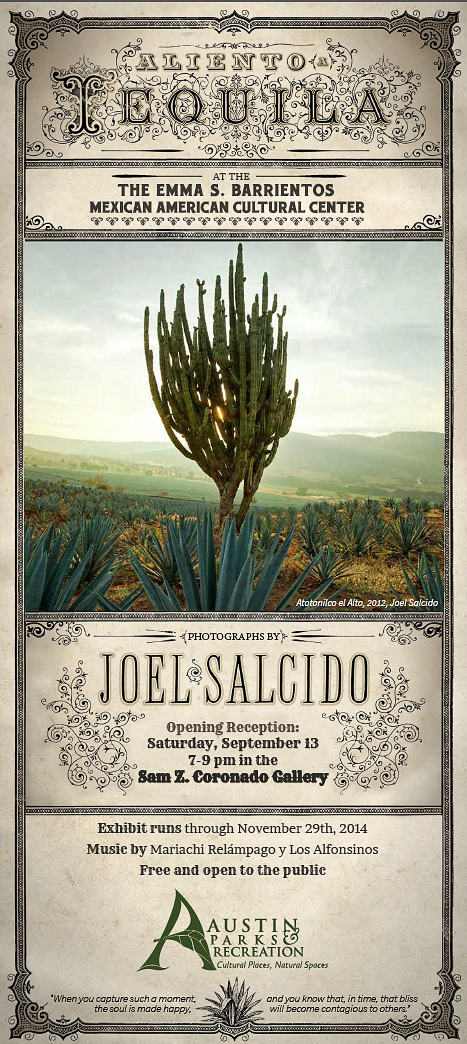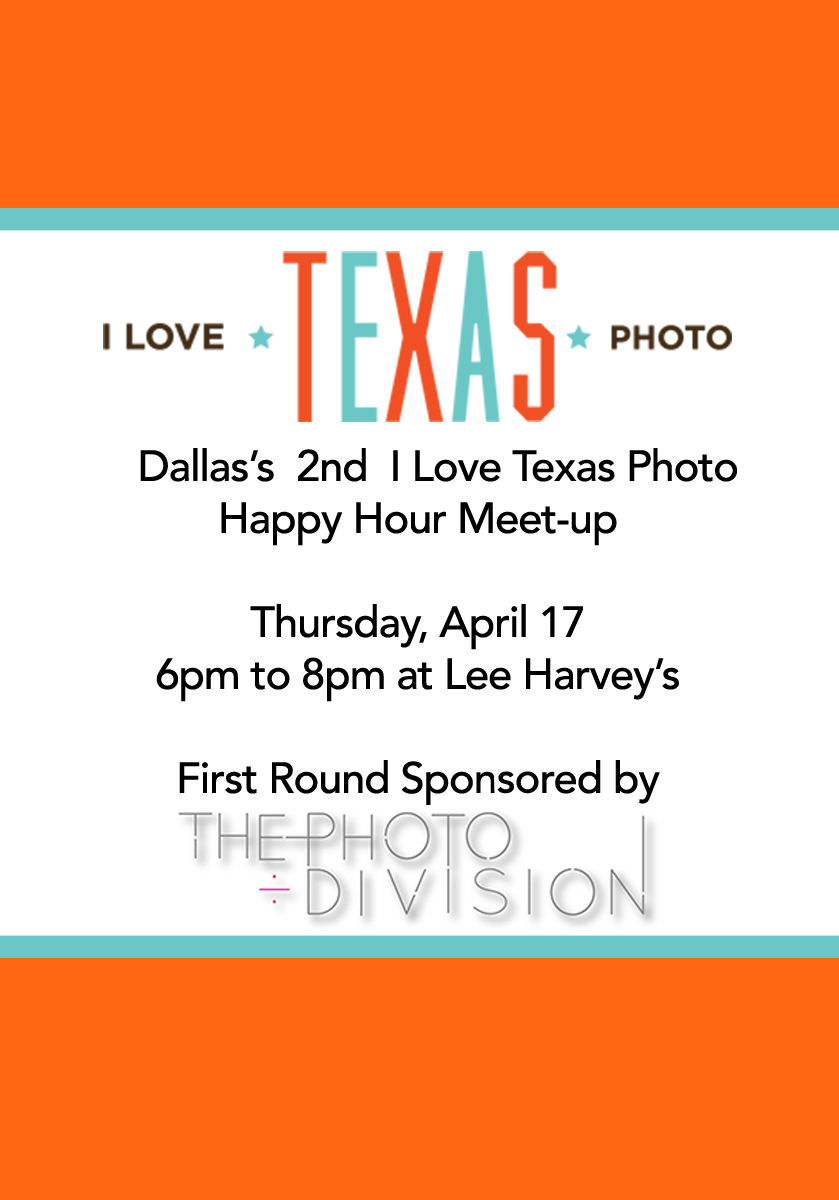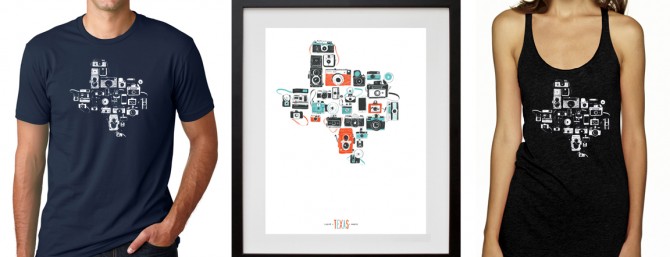
We’re thrilled to share our latest t-shirt and poster design, celebrating Texas photography with a custom illustration of cameras past and present. Available in women’s tank tops and v-necks, men’s crew necks and posters. Also coming soon, tote bags! They make a great gift for the photography lover in your life (or for yourself)!
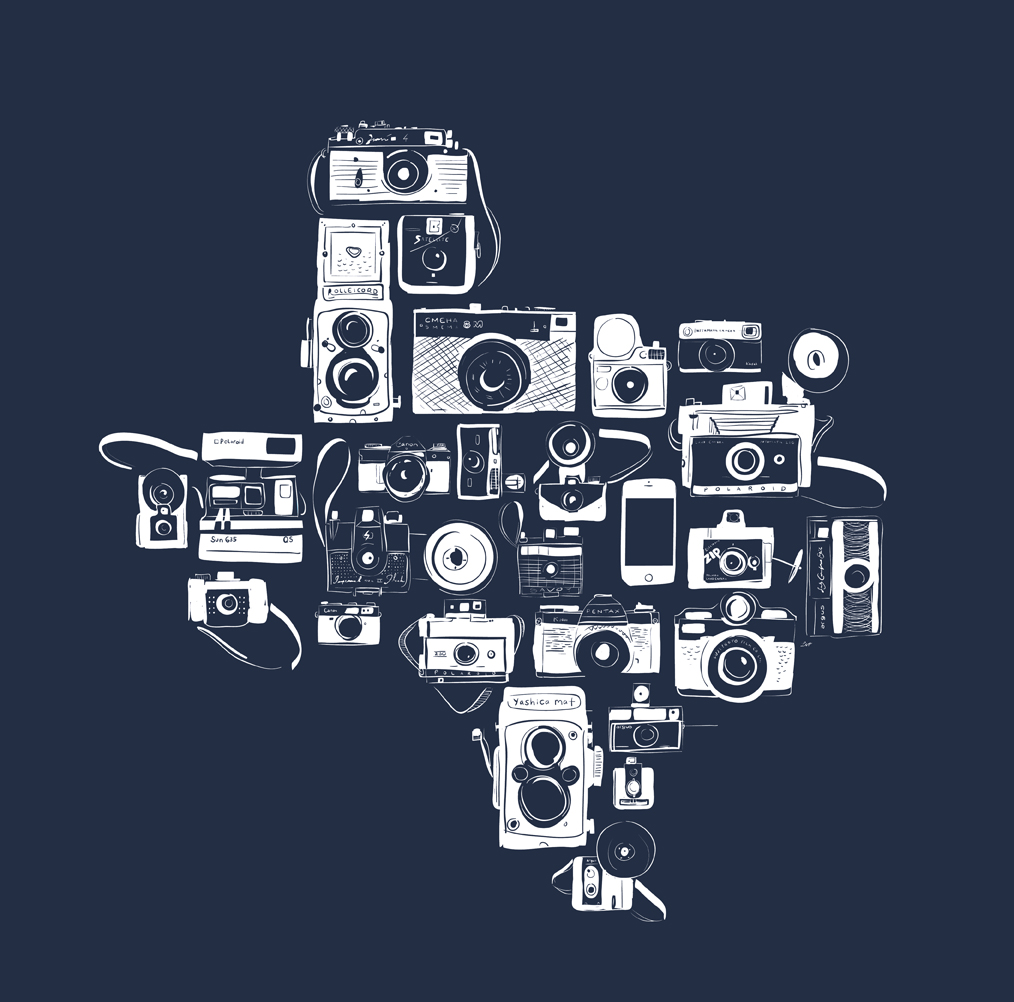
Pulitzer prize winning photographer David Hume Kennerly will show his work and talk about his career as a photo journalist and White House photographer in Austin on November 5th. Kennerly has photographed celebrities such as Muhammad Ali, Robert Kennedy, Mile Davis, the Rolling Stones, Ansel Adams, and Queen Elizabeth and events such as the Vietnam War, the Guiana Massacre, the Ali-Frazier Fight, and many, many more. He was the personal White House photographer for President Gerald Ford. His collection is housed in the University of Texas Briscoe Center for American History.
Kennerly is a Canon Explorer of Light and Canon is sponsoring the program along with Precision Camera & Video and the American Society of Media Photographers Austin/ San Antonio Chapter.
The event is FREE! Seating is limited so come early and enjoy some great photography!
When:
Wednesday November 5, 2014 at 7:00 PM
Where:
First Unitarian Universalist Church of Austin
4700 Grover Ave, Austin, TX 78756
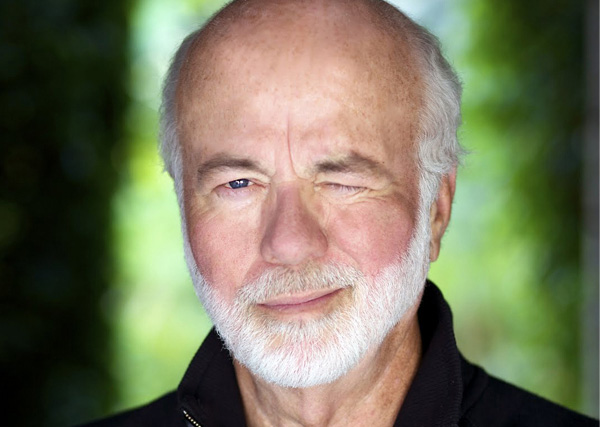 David Hume Kennerly won the 1972 Pulitzer Prize for his photos of the Vietnam War when he was 25 years old, one of the youngest to ever receive that honor. Two years later he was appointed President Gerald R. Ford’s personal White House photographer. He was recently named, “One of the Most 100 Most Important People in Photography” by American Photo Magazine. He was a contributing editor for Newsweek, and a contributing photographer for Time and Life magazines. Kennerly has published several books of his work, Shooter, Photo Op, Seinoff: The Final Days of Seinfeld, Photo du Jour, Extraordinary Circumstances: The Presidency of Gerald R. Ford, and most recently David Hume Kennerly On the iPhone. He was a producer and one of the principle photographers of, Barack Obama: The Official Inaugural Book. Kennerly produced “The Presidents’ Gatekeepers,” a four-hour documentary about White House chiefs of staff that ran on The Discovery Channel in 2013, and is currently working on other documentary film projects. Kennerly is on the Board of Trustees of the Gerald R. Ford Foundation, and the Atlanta Board of Visitors of the Savannah College of Art and Design (SCAD). His archive is housed at the Center for American History at the University of Texas, Austin. David Hume Kennerly is a Canon Explorer of Light, an elite group of professional photographers who strongly believe that Canon cameras are essential to their work.
David Hume Kennerly won the 1972 Pulitzer Prize for his photos of the Vietnam War when he was 25 years old, one of the youngest to ever receive that honor. Two years later he was appointed President Gerald R. Ford’s personal White House photographer. He was recently named, “One of the Most 100 Most Important People in Photography” by American Photo Magazine. He was a contributing editor for Newsweek, and a contributing photographer for Time and Life magazines. Kennerly has published several books of his work, Shooter, Photo Op, Seinoff: The Final Days of Seinfeld, Photo du Jour, Extraordinary Circumstances: The Presidency of Gerald R. Ford, and most recently David Hume Kennerly On the iPhone. He was a producer and one of the principle photographers of, Barack Obama: The Official Inaugural Book. Kennerly produced “The Presidents’ Gatekeepers,” a four-hour documentary about White House chiefs of staff that ran on The Discovery Channel in 2013, and is currently working on other documentary film projects. Kennerly is on the Board of Trustees of the Gerald R. Ford Foundation, and the Atlanta Board of Visitors of the Savannah College of Art and Design (SCAD). His archive is housed at the Center for American History at the University of Texas, Austin. David Hume Kennerly is a Canon Explorer of Light, an elite group of professional photographers who strongly believe that Canon cameras are essential to their work.
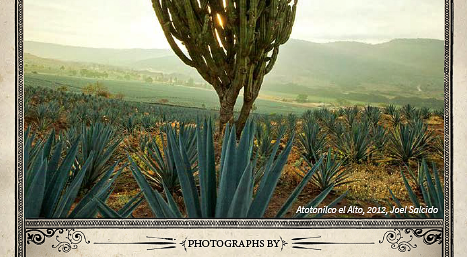
ALIENTO TEQUILA EXHIBIT OPENING – PHOTOGRAPHS BY JOEL SALCIDO
Exhibition opening September 13
7-9pm
Sam Z Coronado Gallery
From the Photographer: “This photographic series reflects the mythical space where the weight of history and the tyranny of earth transcends into a spirit called tequila. In this landscape of blue agave, I discovered the traditions of culture and religion, both ancient and modern – indigenous and foreign. Still there, in the midst of life, is the everyday toil of man, land and sky, unified in purpose to produce a spirit that is only true to the mythic character of Mexico and its people”.
Exhibit runs through November 29, 2014.
Music by Mariachi Relámpago y Los Alfansinos.
Event is free and open to the public.
Search Engine Optimization (SEO) is the art and science of getting your company to the top of Google and Bing. It’s no secret that both businesses and consumers often go first to search engines when searching for photographers and photography services. But how do you get to the top? Join SEO expert Jason McDonald in this hands-on, practical workshop for photographers. Learn the “rules of the game,” including both how to set up your website and how to create inbound links, and get reviews on sites like Yelp and Google+ Local.
This workshop will be in Houston September 19th and Austin September 20th.
SEO Basics Section 1
~ What IS SEO / getting to the top of Google / BING – why it matters SO much ~ Page Tags / on page optimization: keywords, tags, content ~ Off page / links, freshness, social mentions ~ Metrics – rank checking, Google Analytics
SEO Local Section 2
~ LOCAL seo – localization of SEO ~ LOCAL link building ~ Google+ / YELP and local review issues (how to claim, optimize, leverage) ~ Review marketing: how to get reviews, deal with the hard-to-deal with REVIEW ecosystem
Image Optimization Section 3
~ leveraging images for image search / image optimization ~ shareable images on social media networks ~ leveraging some “free” image giveaways to HELP your SEO
The workshop will teach you the rules of the game, and leave you with a practical to-do list of how to get your company to the top of Google and Bing. Plus it will be a heck of a lot of fun! 
When:
Houston workshop: Friday, September 19, 2014 8:30AM to 4:30PM at TexCam 1323 N 1st St, Bellaire, TX 77401 See Map
Austin workshop: Saturday, September 20, 2014 8:30 AM to 4:30 PM at Precision Camera & Video, 2438 W Anderson Ln, Austin TX See Map
Cost:
$50 off Labor Day Sale!
200.00 — ASMP Members FULL DAY
250.00 — Non-Members FULL DAY
125.00 — ASMP member- Image Optimization ONLY
150.00 — Non-member Image Optimization ONLY
Houston- Friday September 19, 2014 REGISTER HERE
Austin- Saturday September 20, 2014 REGISTER HERE
Jason McDonald is a recognized SEO expert, based in the San Francisco Bay Area. Besides teaching classes in Internet marketing at Stanford Continuing Studies, the Bay Area Video Academy, and AcademyX, Jason works as an SEO consultant. He helps companies large and small dominate Google, and his methodology is hands-on, practical and fun – designed to teach clients how to play the game of SEO, and how to win. He has a Ph.D. from the University of California, Berkeley, and an undergraduate degree from Harvard University. Since 1994, he has been active in journalism and Internet marketing, working first in the technology sector and branching out in 2009 to focus on SEO, Social Media Marketing, and AdWords training. He is the author of several popular books on Amazon, including popular toolbooks of free SEO and social media tools. To learn more, simply Google Jason McDonald.
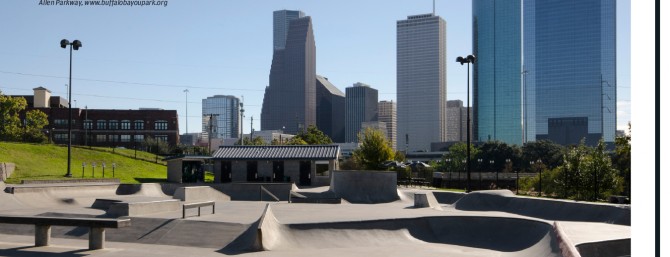
All photos are shot in an architectural style. Wide angle, very clean, no cars or people, natural light and not styled. Emphasis always remains on architectural interior/exterior and design. The guide includes large pictures on each page along with a small paragraph of information below it. I photographed Houston in November of 2013 and the guide is now available as of June 2014.
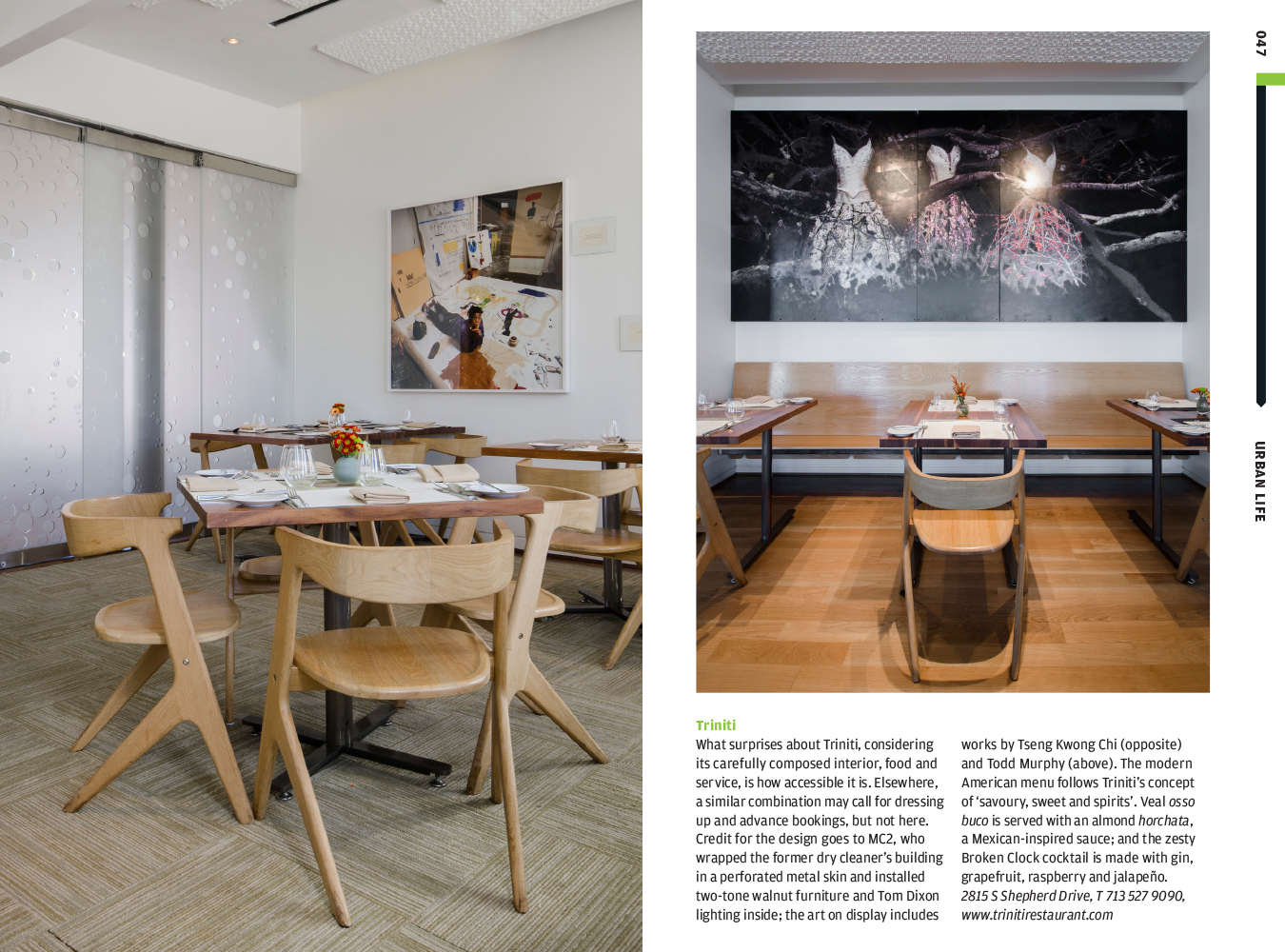
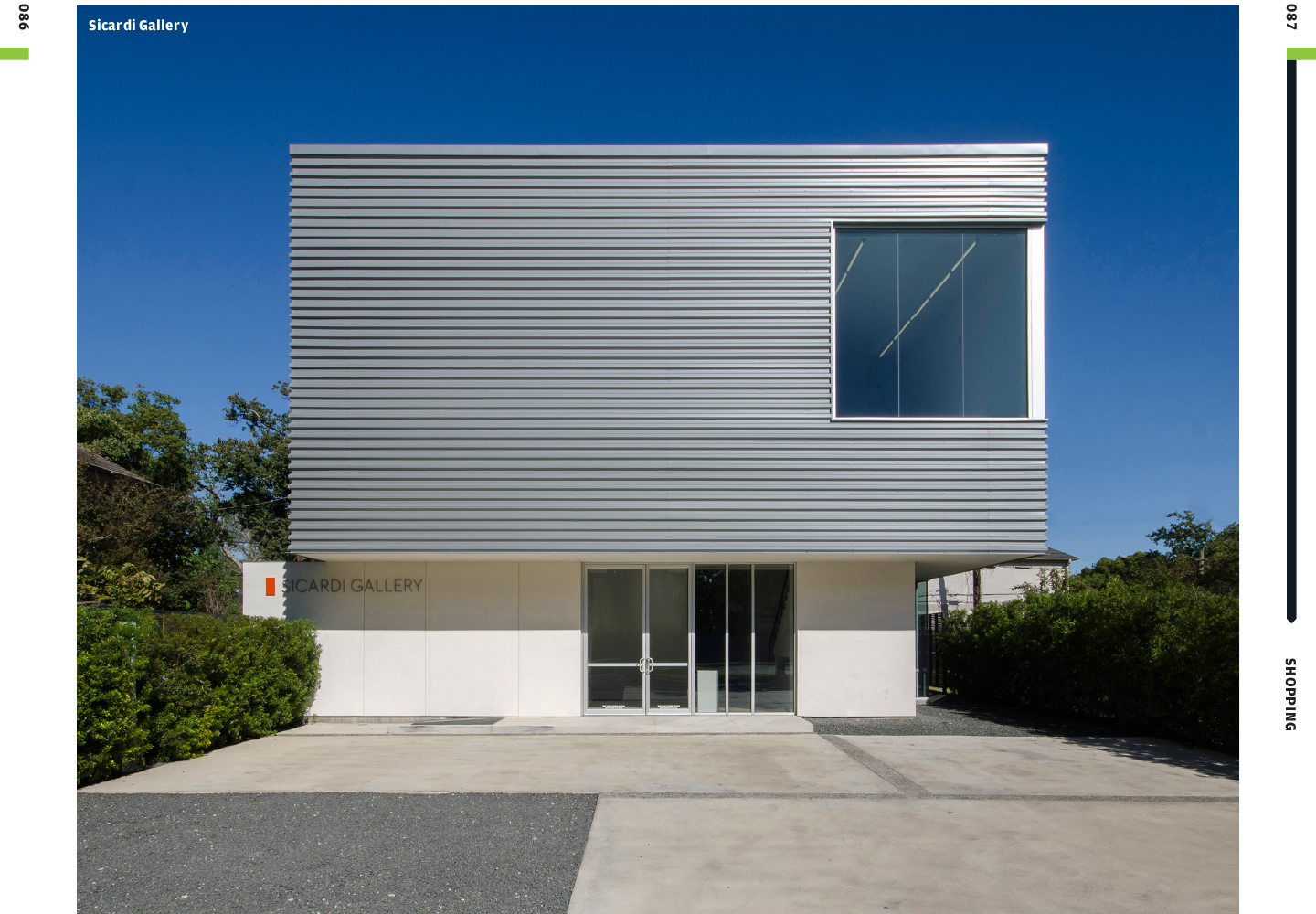
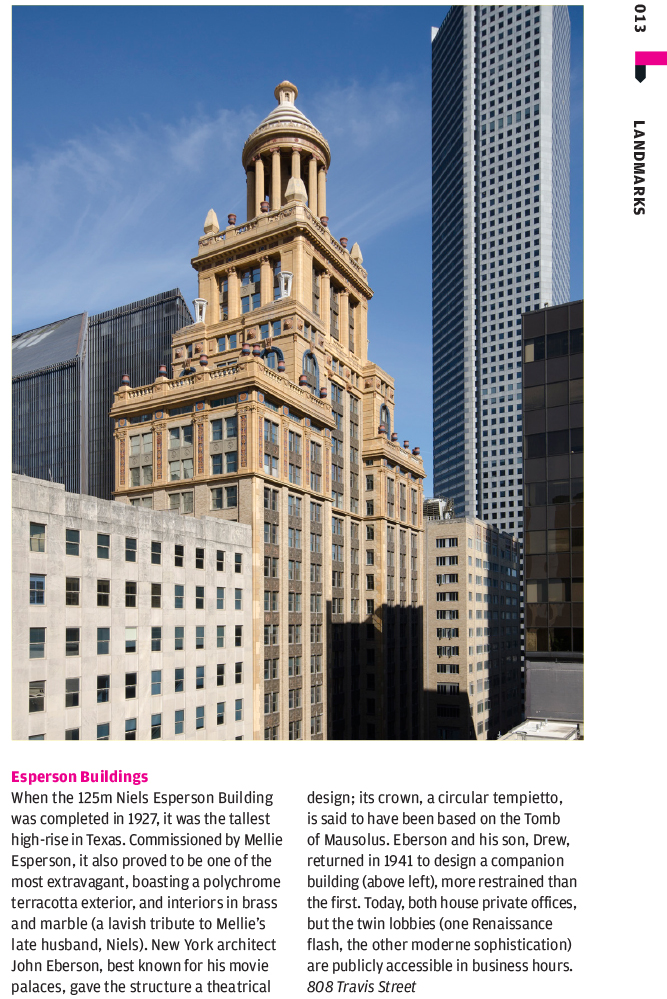
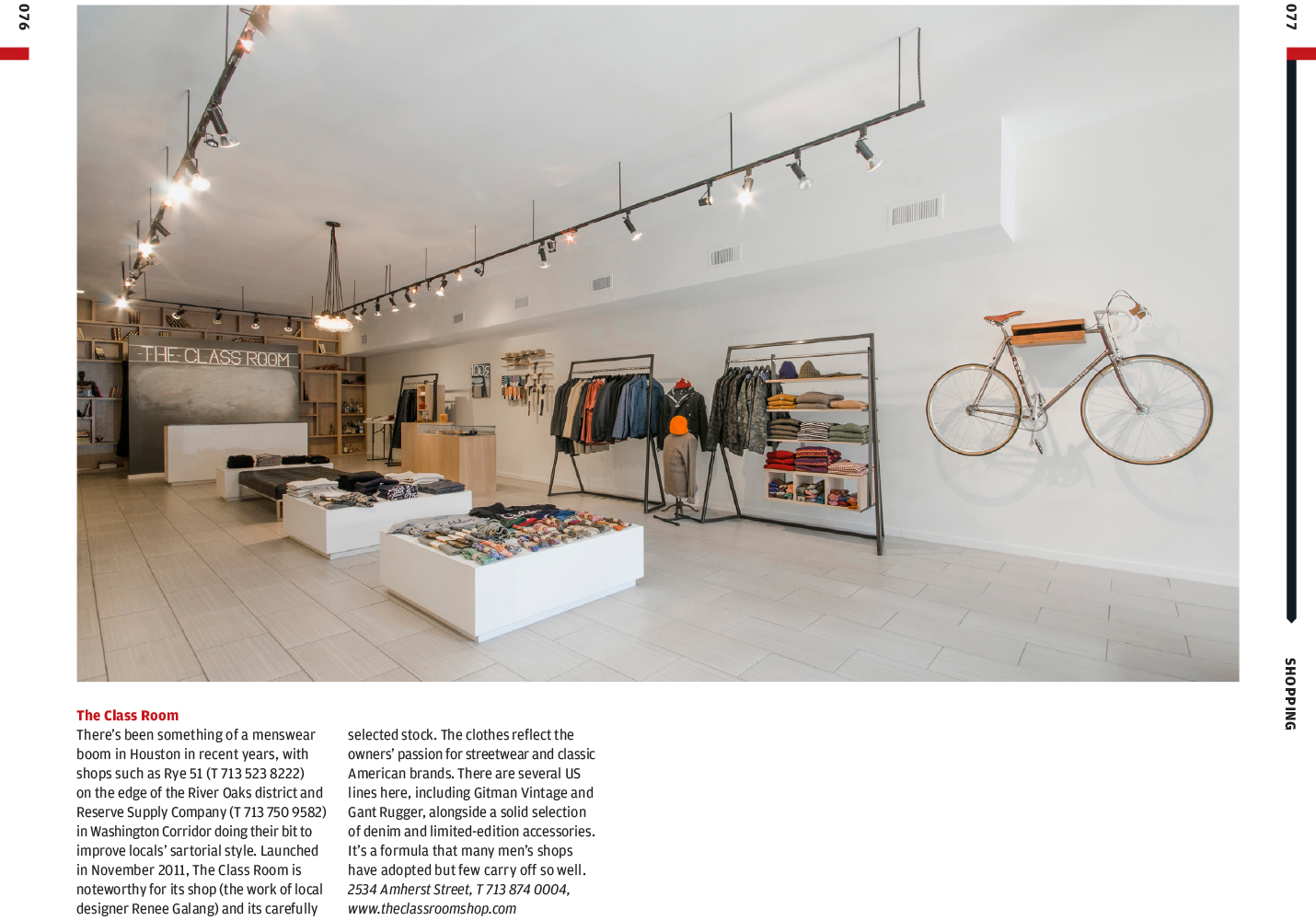
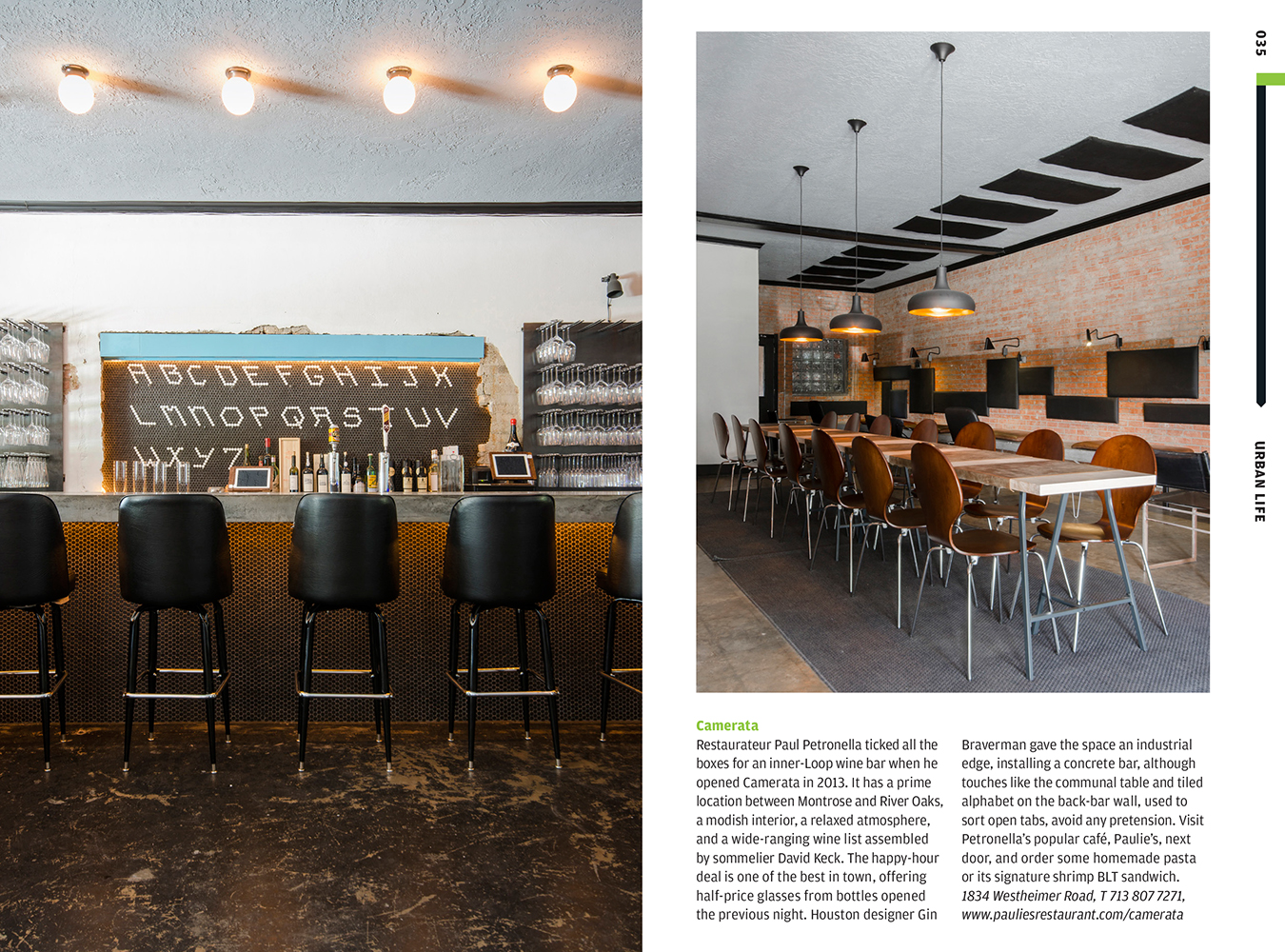

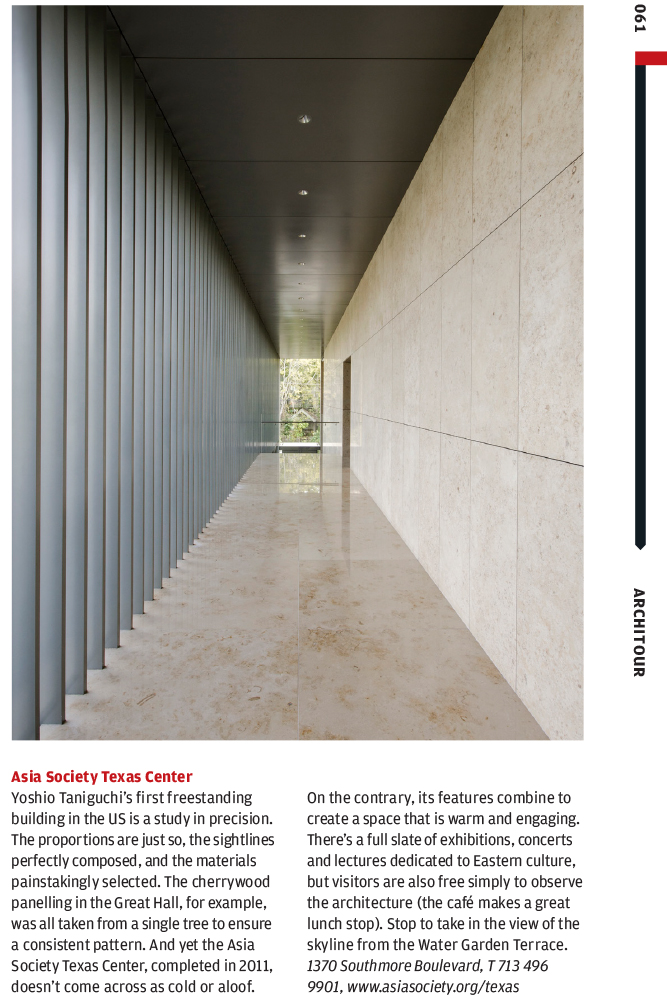
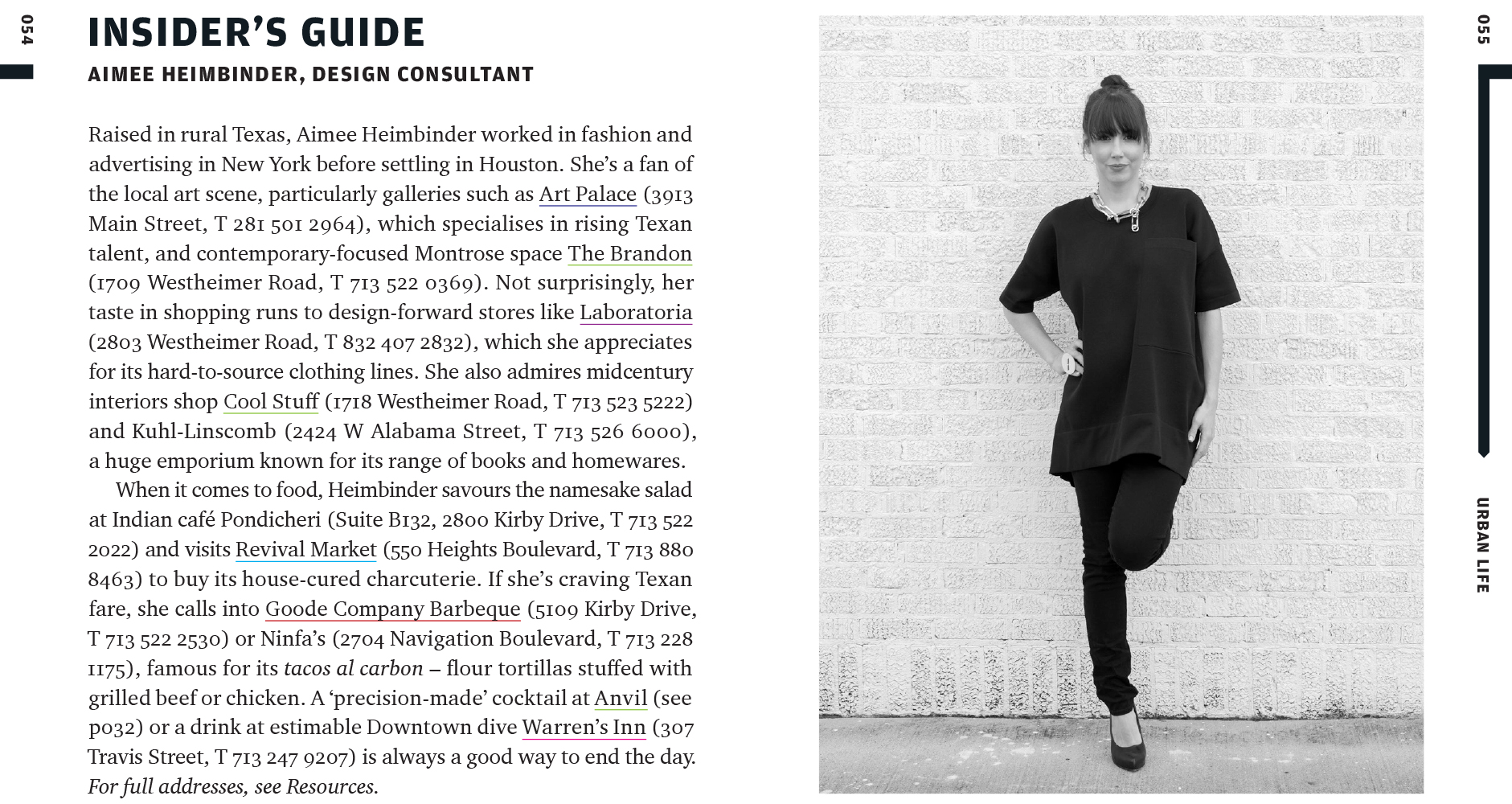
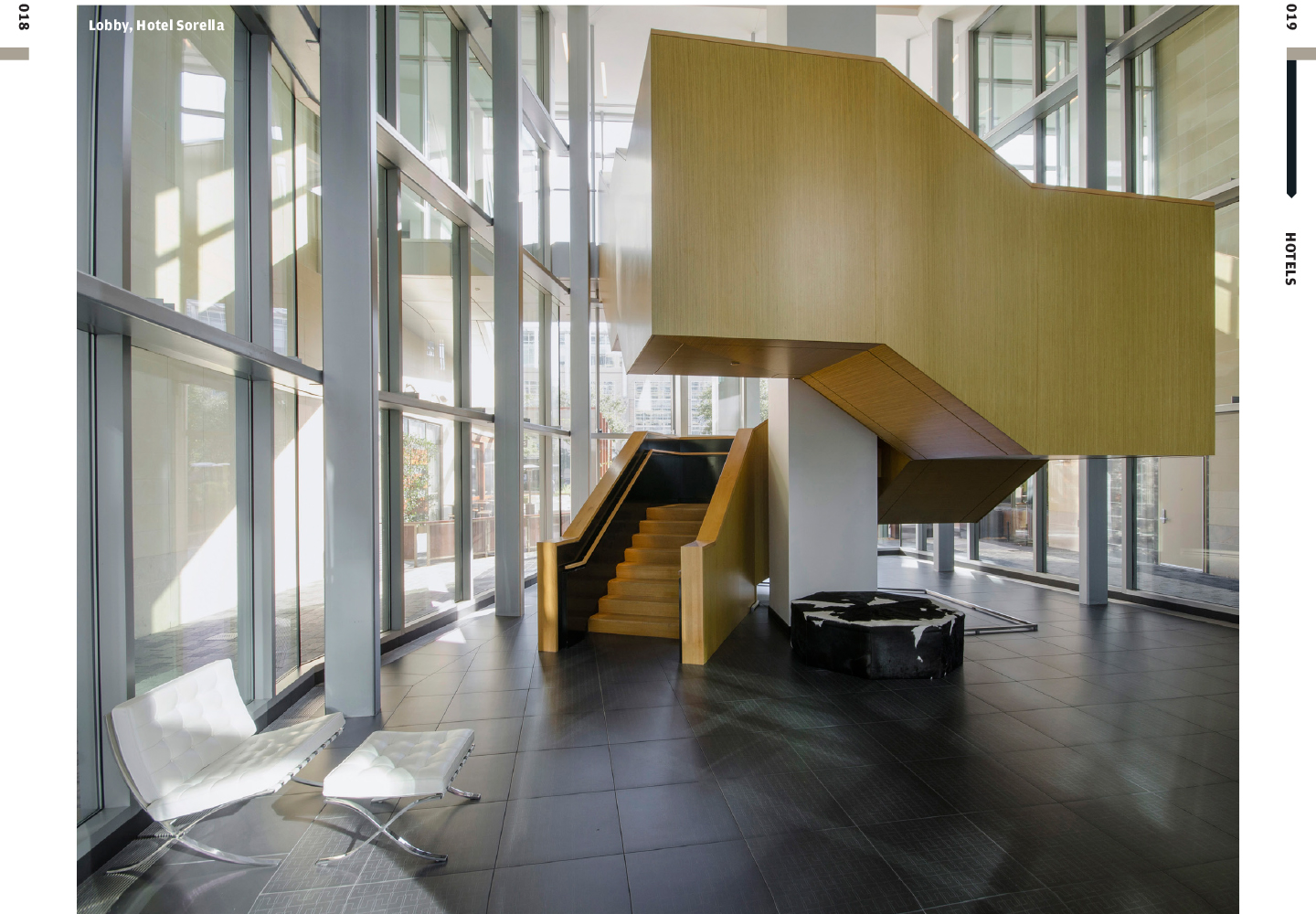
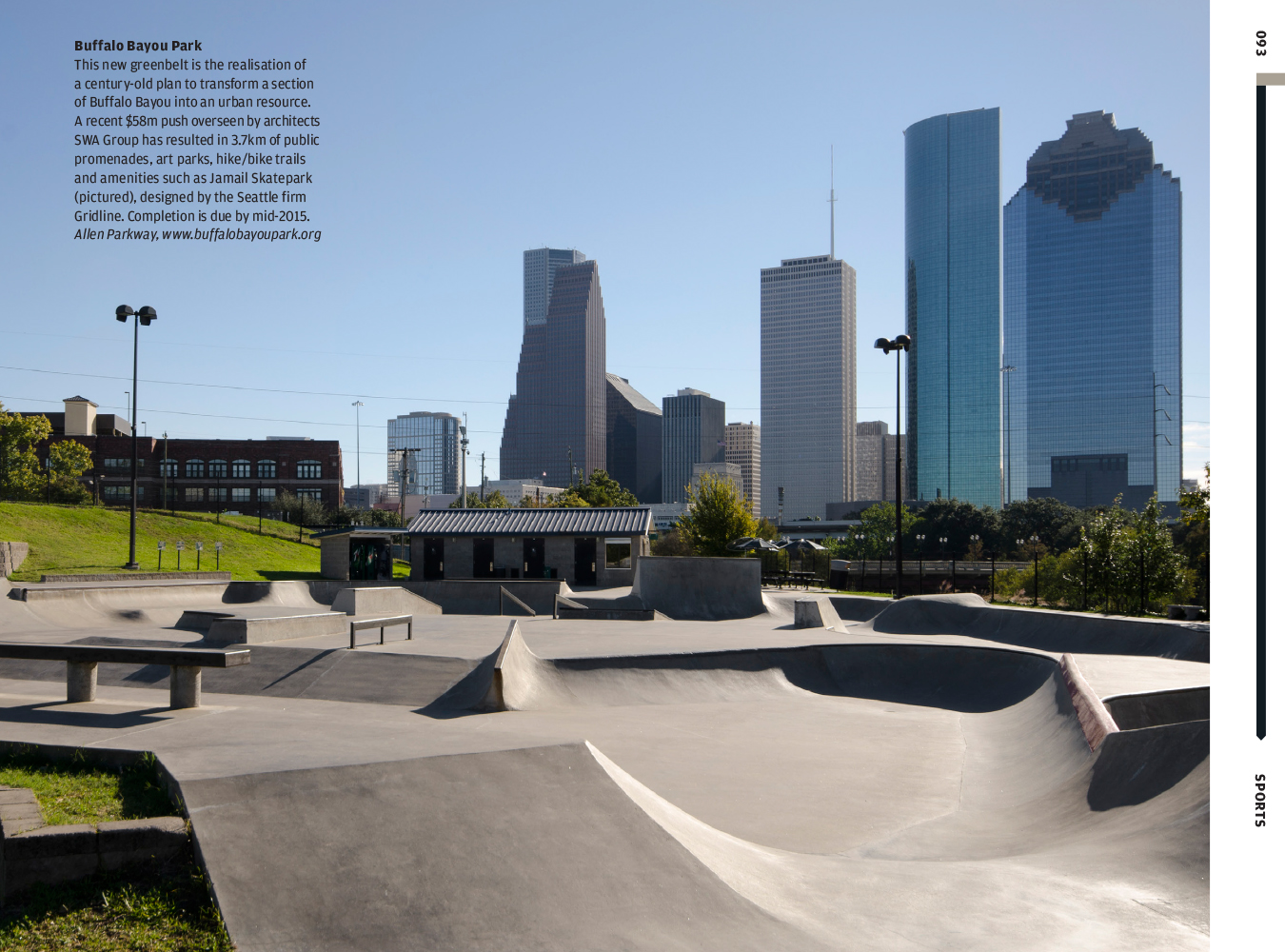
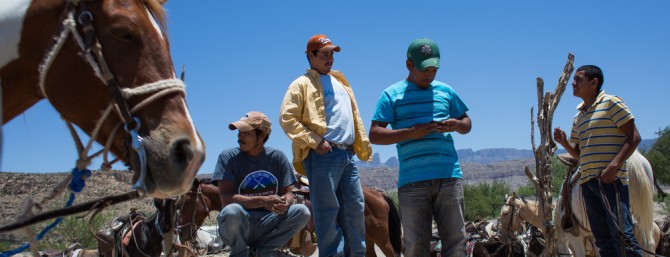
Austin-based Julia Robinson recently traveled to Boquillas del Carmen, Mexico for The New York Times travel section. She shared her experience with ILTP:
(all photos © Julia Robinson, more photos after the jump)
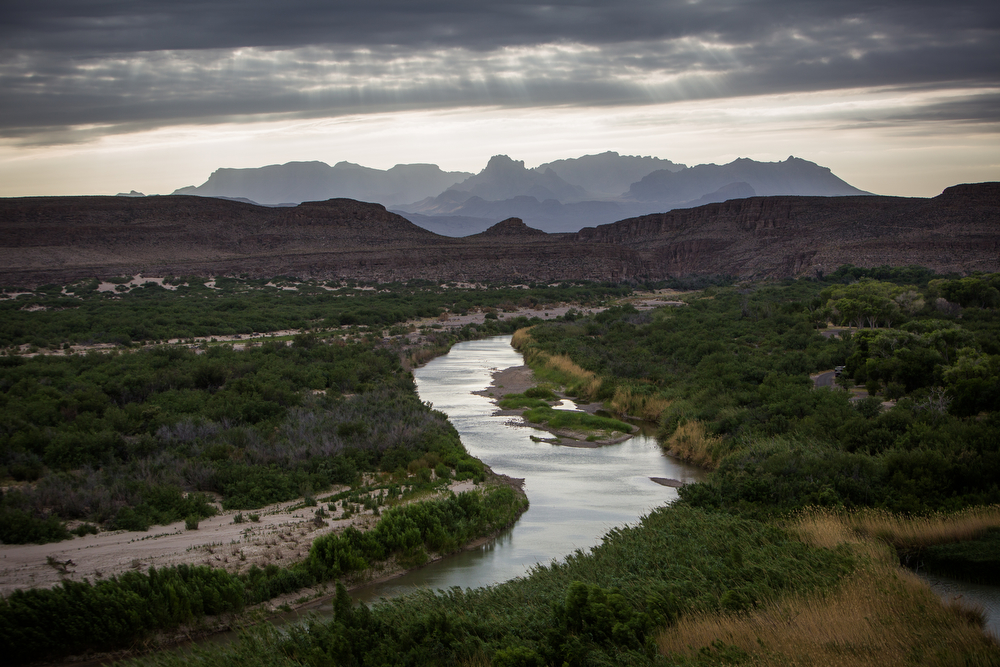
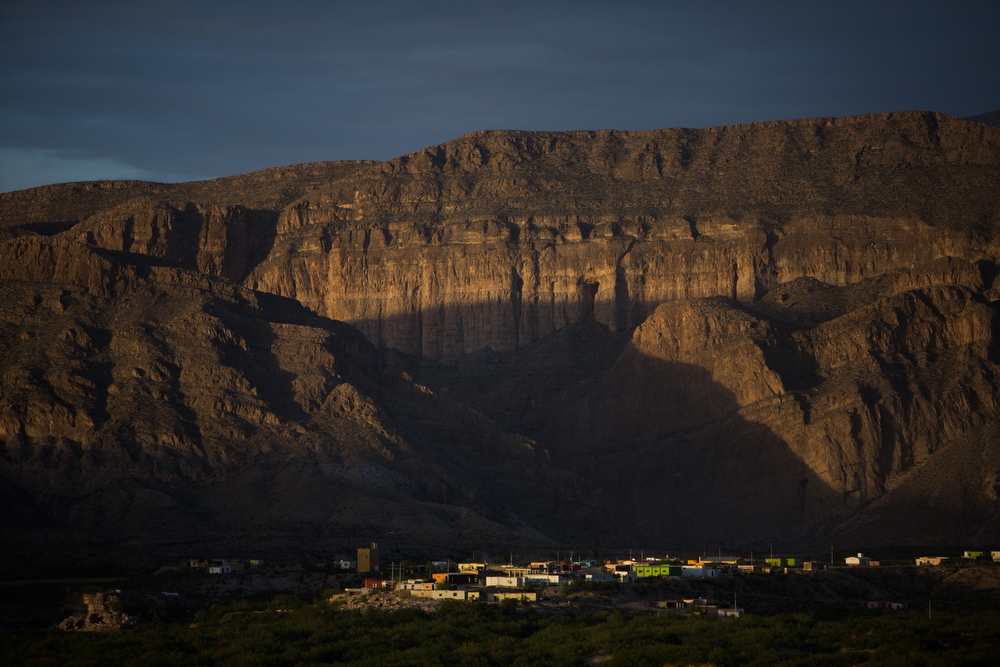
“I recently had one of those dream assignments to photograph Boquillas del Carmen, Mexico for the New York Times travel section. The writer took a first-person, travelogue approach to the story which gave me a blank canvas to fill in the sweeping vistas of the tiny village just across the border from Big Bend National Park. The border had recently reopened to tourists after a 11-year closure after 9/11.
I visited the town as a kid, mucking through the shallow Rio Grande with a childhood friend and her family. I don’t remember much from that trip – enchiladas with a warm bottle of Mexican coke, an onyx horse statue I bought from the restaurant, colorful buildings, dusty streets, and the sing song tone of Spanish that I had yet to learn.
Twenty years later, little has changed. The streets are still unpaved, many houses have spotty electricity, though some sport new solar panels. The colors have different, but remain variations of wow.
I walked up the hill into town, into Falcon’s and found a row of onyx horses in the window, just as I remembered them. The owner, Lilia, had taken over the restaurant from her father, Boquillas’ most famous resident, after he died in 2000. We talked for a few hours on the patio of the restaurant facing the main street through town.
The handful of tourists were gone for the day (the border closes at 6pm), and I was staying overnight in the room of a local I met on the horse ride up from the river. For all the pretty and empty travel pictures to be made in a place like Boquillas, it was this connection to Lilia that made the trip for me. Her uncle had just arrived from Midland, Texas – his first trip back since the border closed in 2002.
In a few hours, I was standing with Lilia and her uncle in a family cemetery, visiting her father’s grave and listening to them telling stories in the fading twilight. The photos of Lilia and her uncle didn’t run in the travel piece. Too emotional? Too specific? Too off-topic from the easy, breezy travelogue from the writer? The east-coast editors never say, but these are the photos that fulfill me as a journalist.
You better believe I’m going back.”
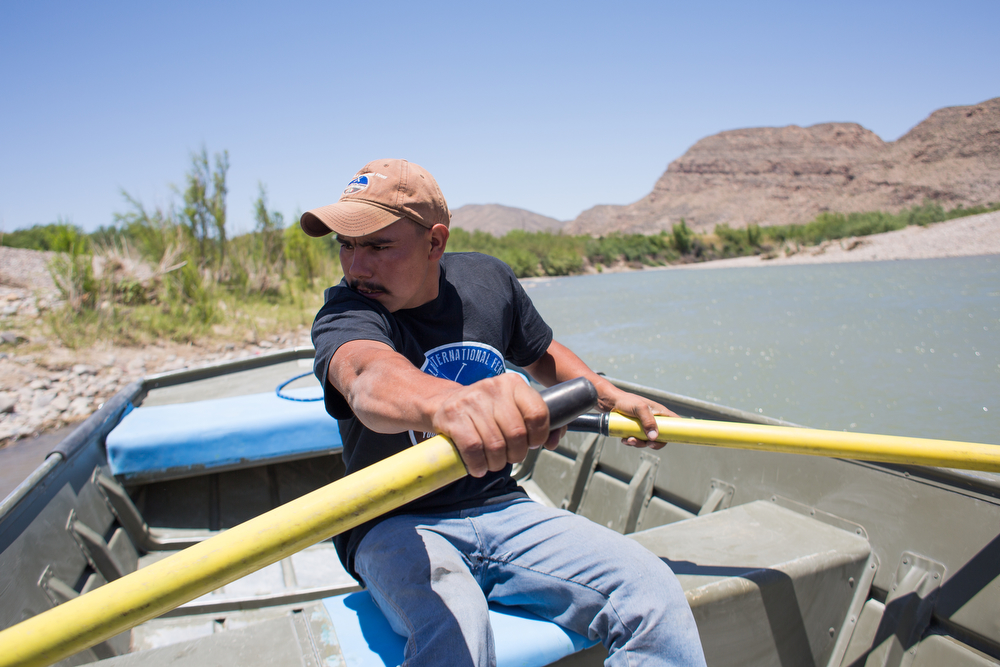
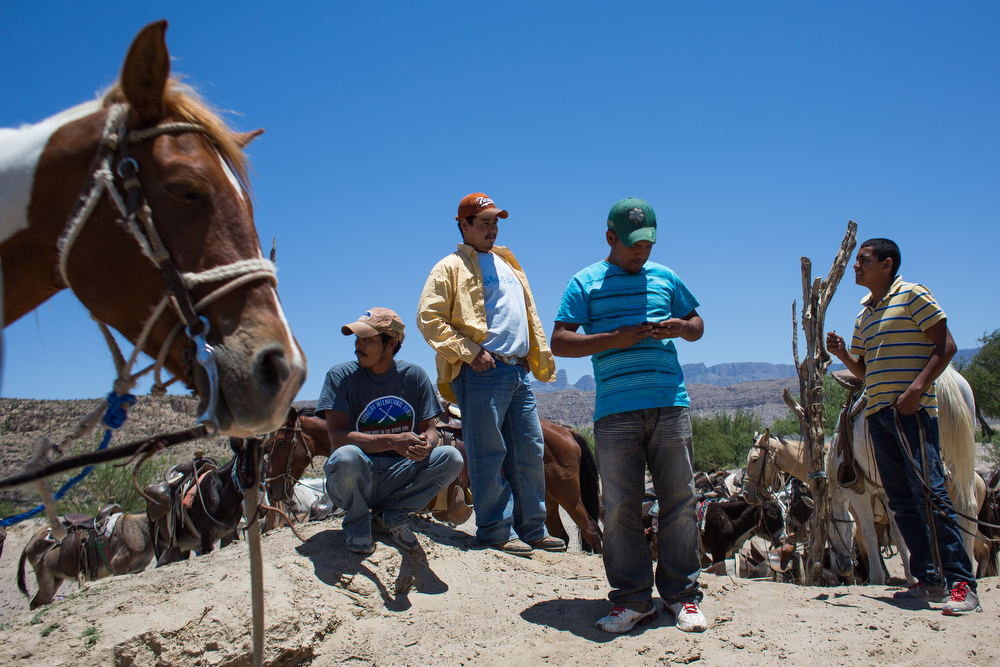
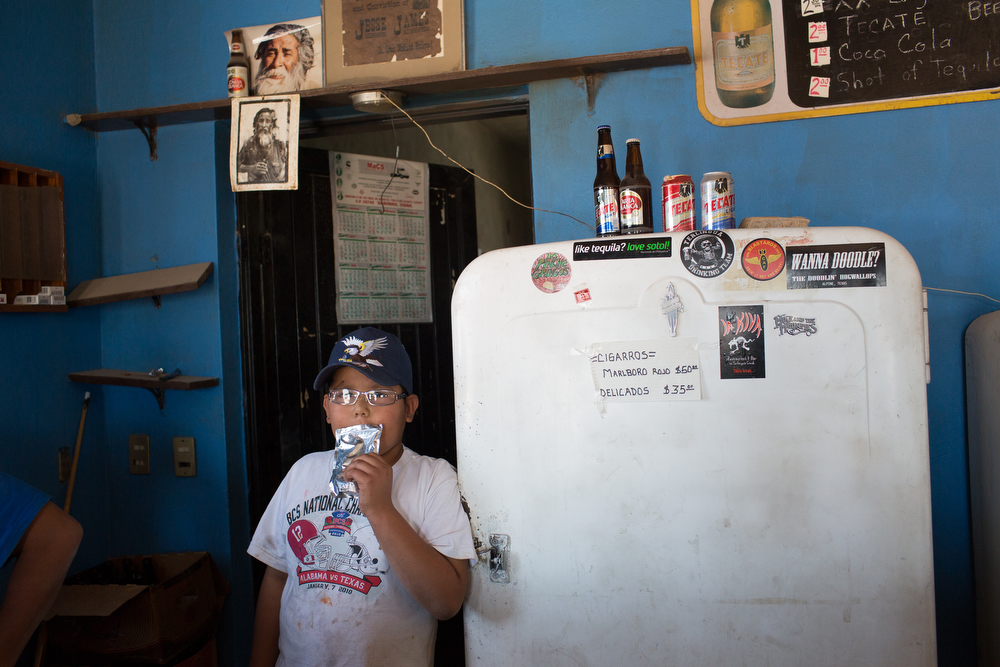
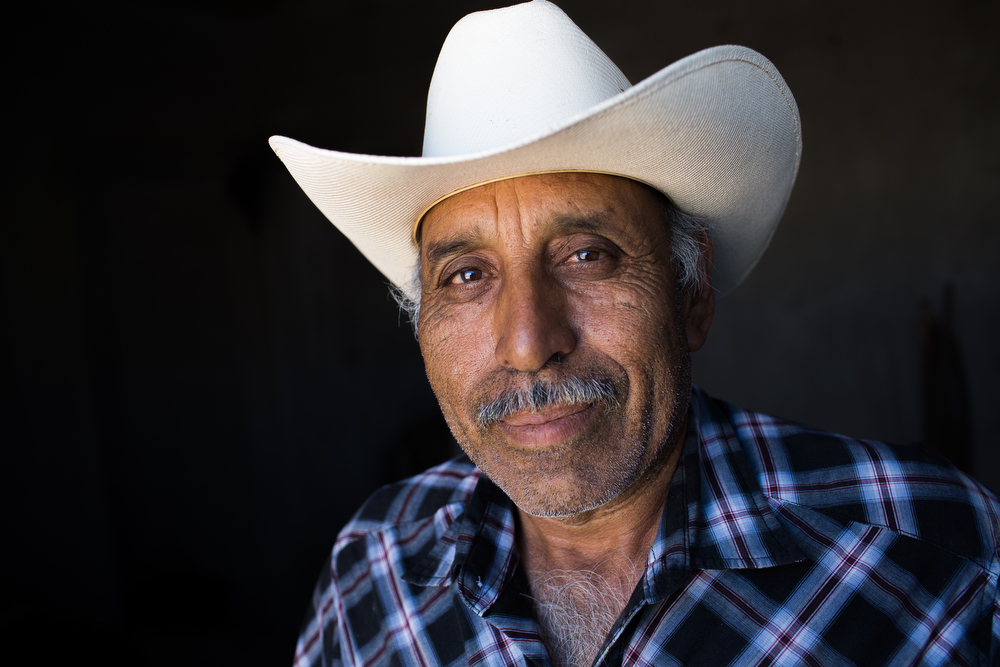
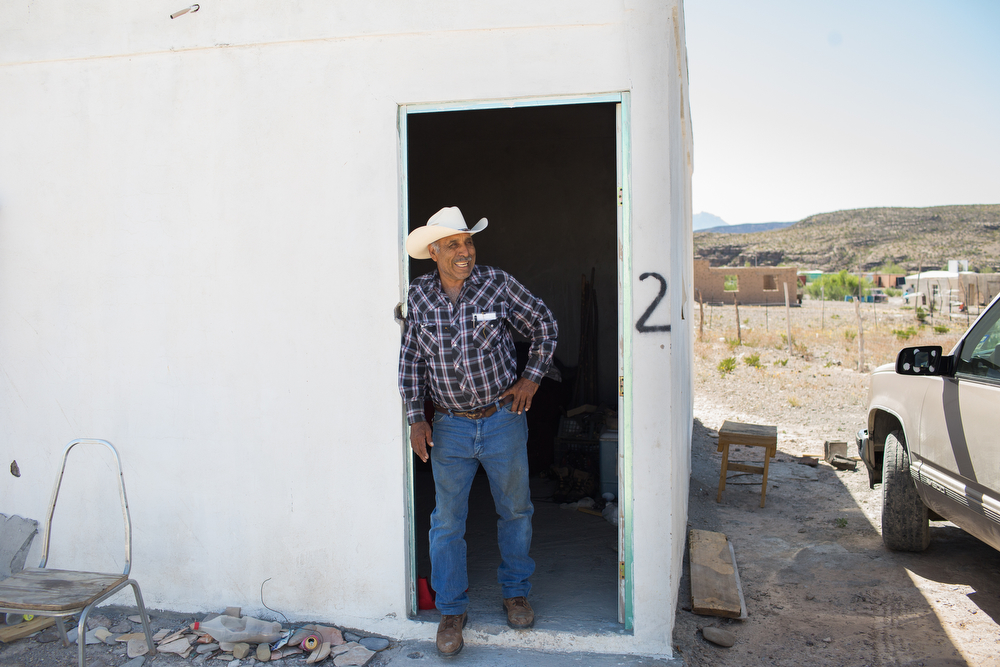
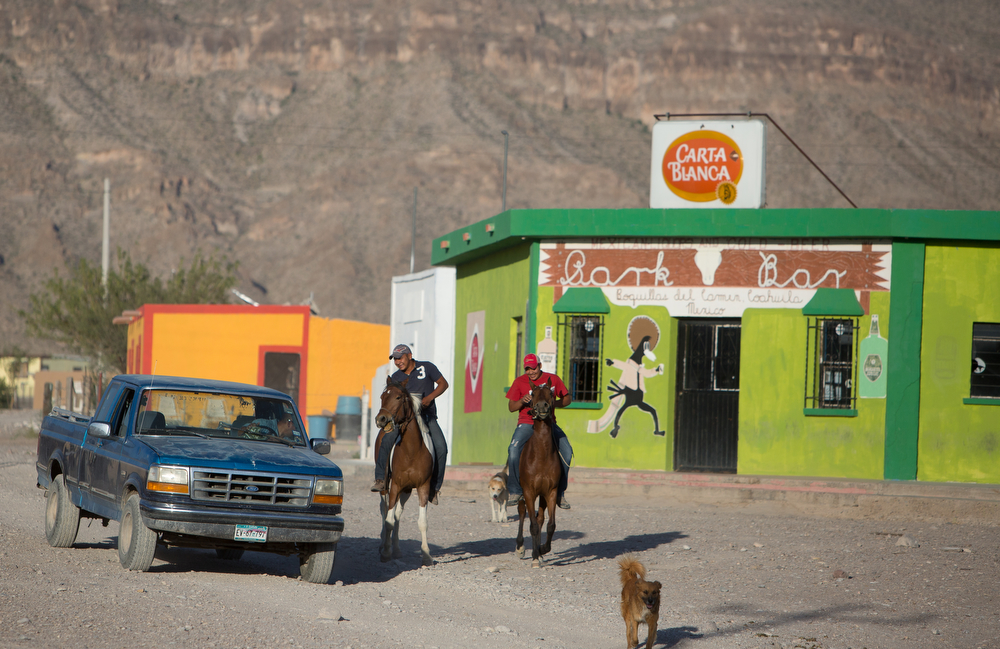
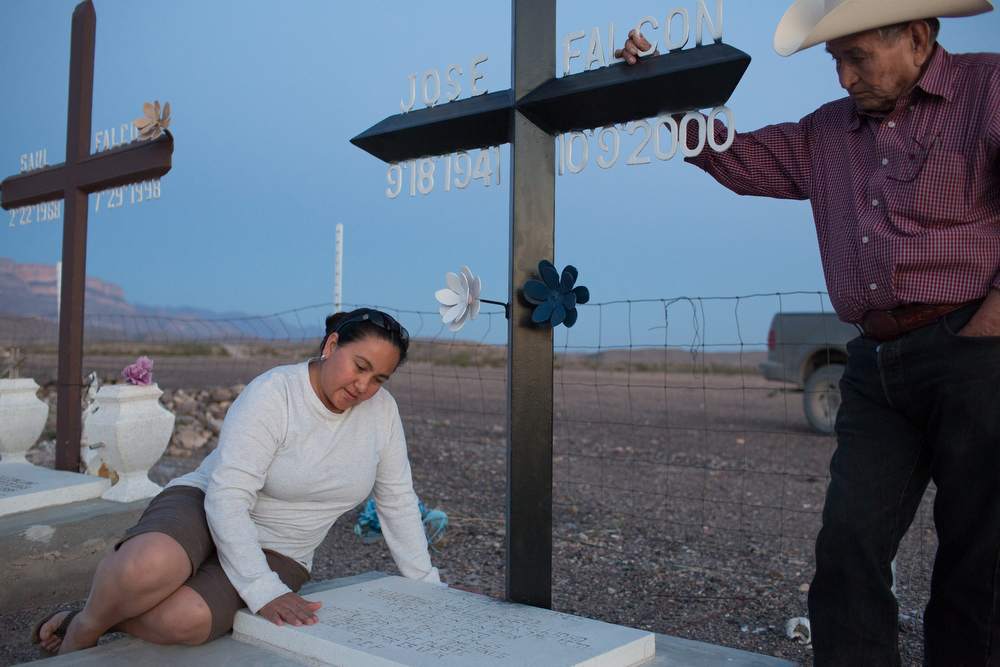
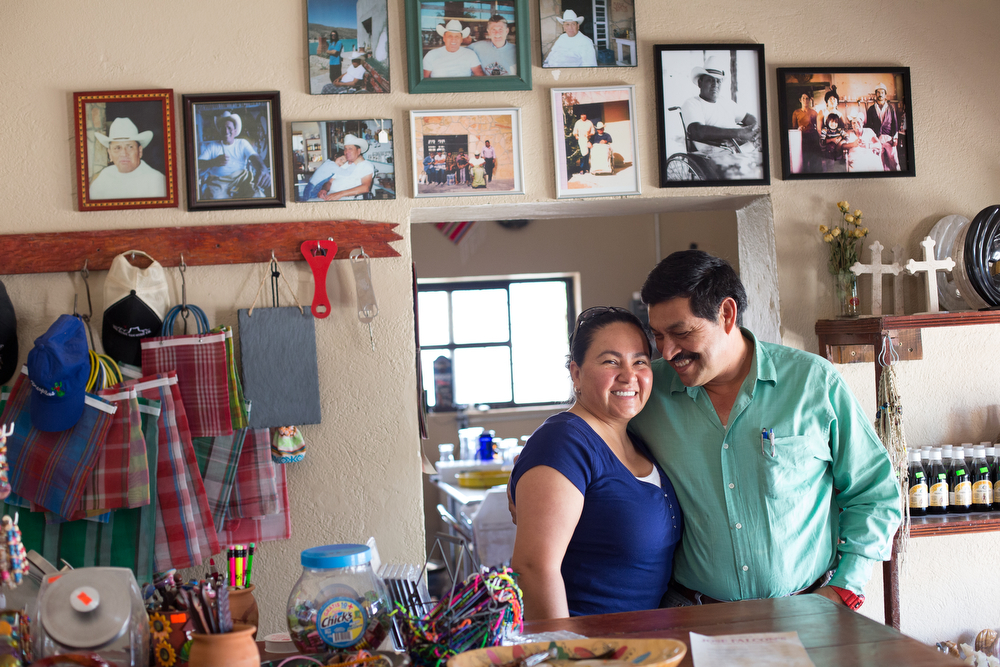
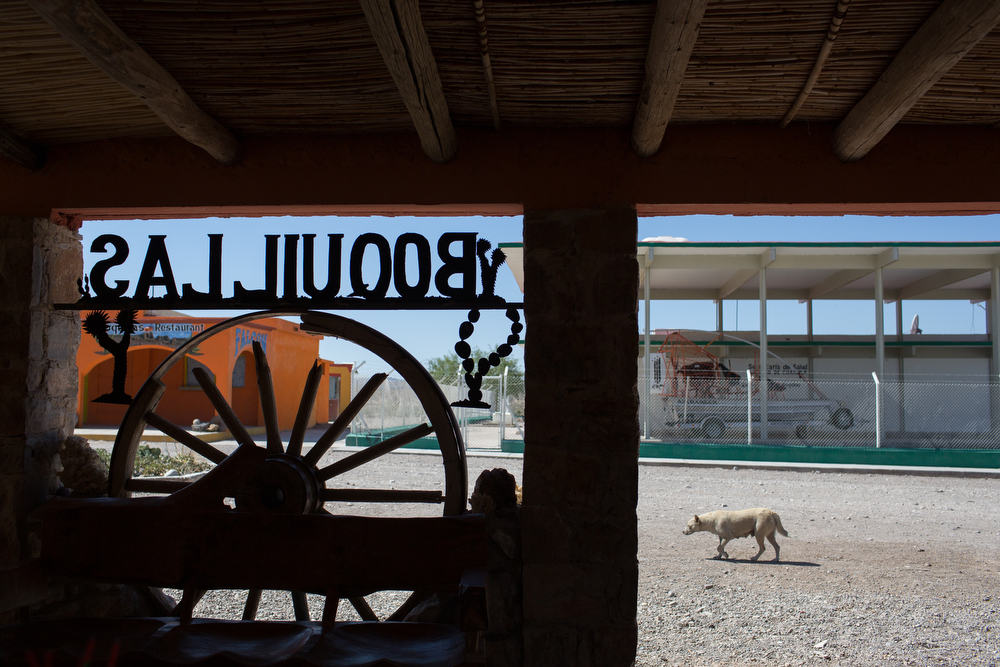
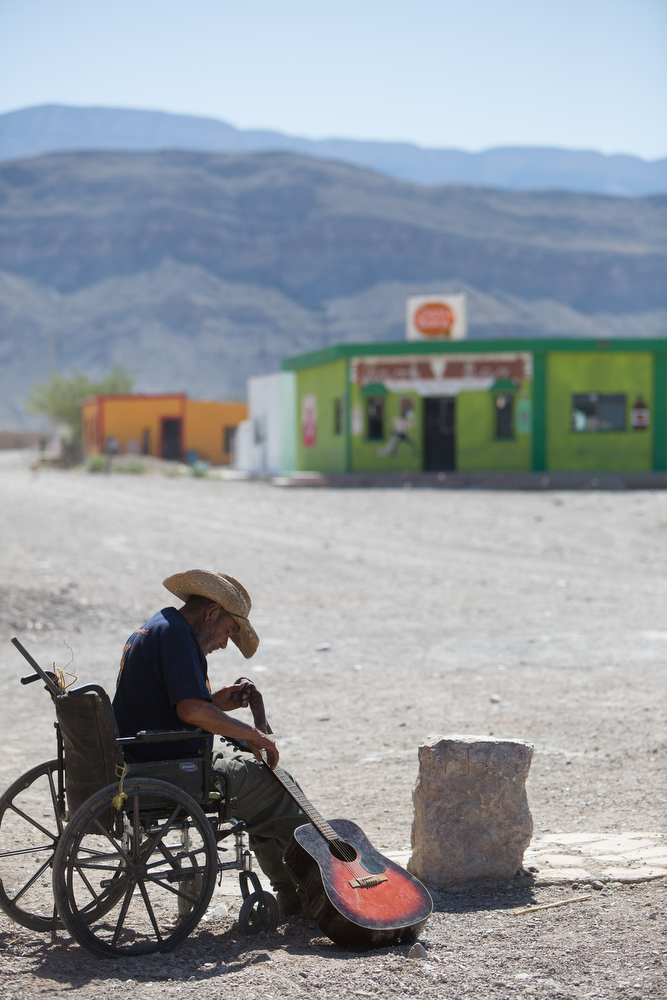
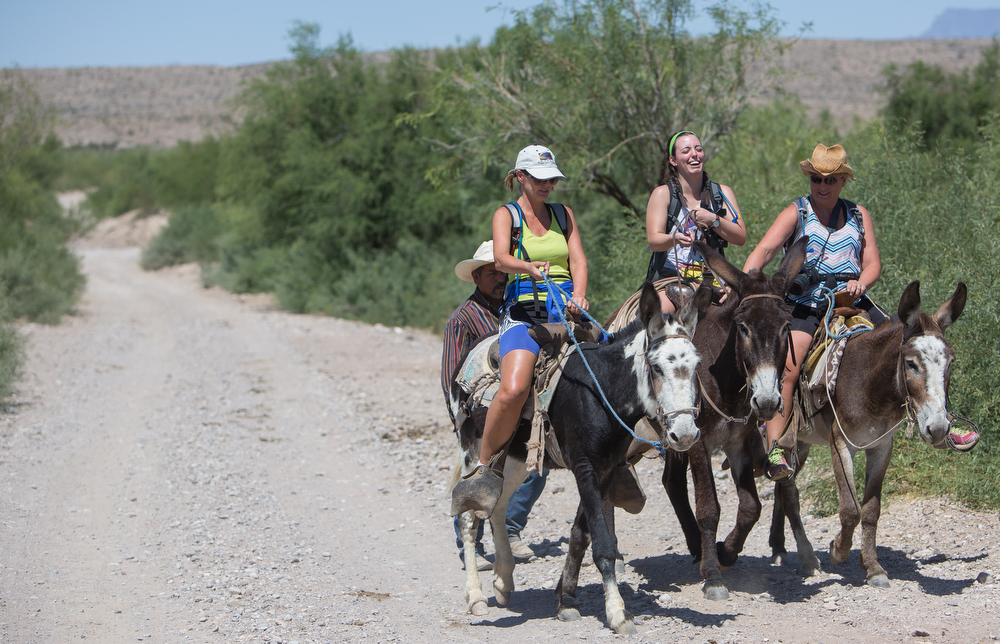
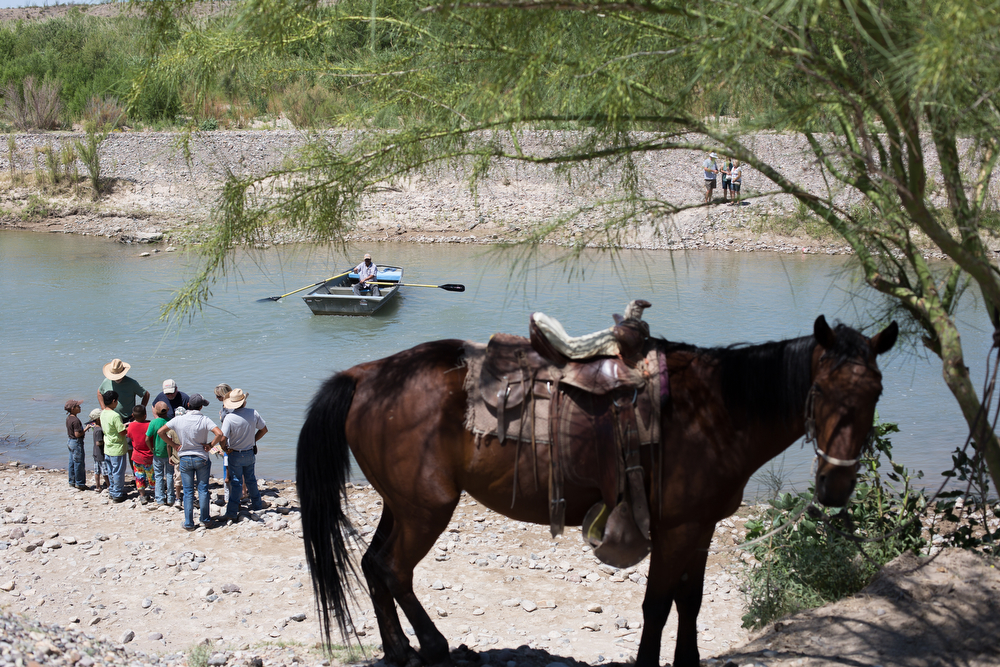
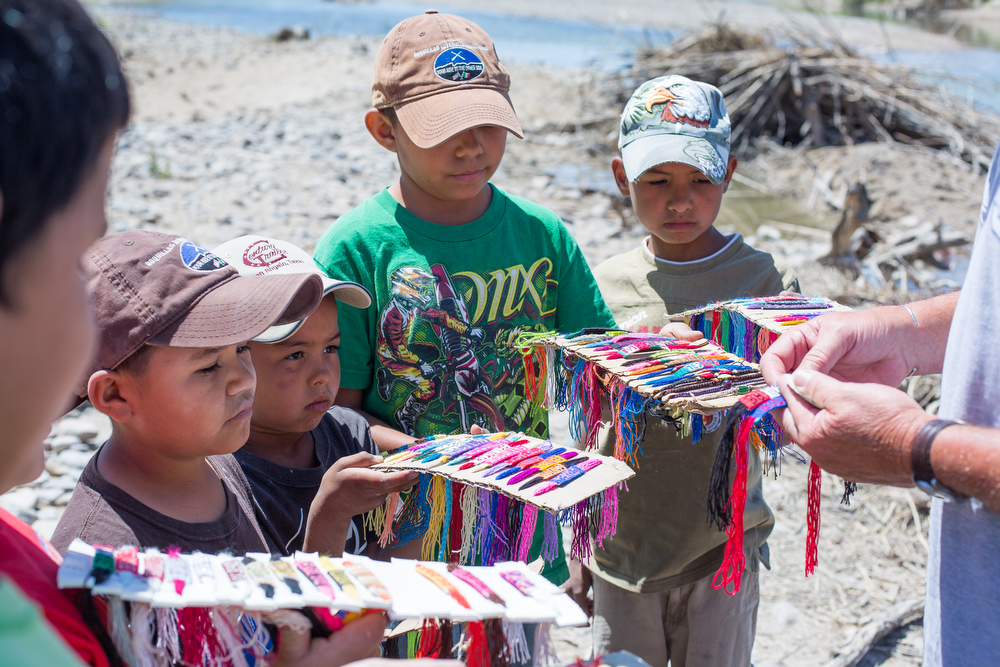
Thursday, April 17th
6-8pm
Lee Harvey’s
It’s I Love Texas Photo’s second Dallas meet-up! We’re getting together with area photographers, photography lovers and other creatives to get social and grab a drink. The last one was a blast so come out and join us!
The first round is being generously sponsored by The Photo Division!!
We’ll be giving away 2 ILTP T-Shirt’s.
Please RSVP on Facebook.
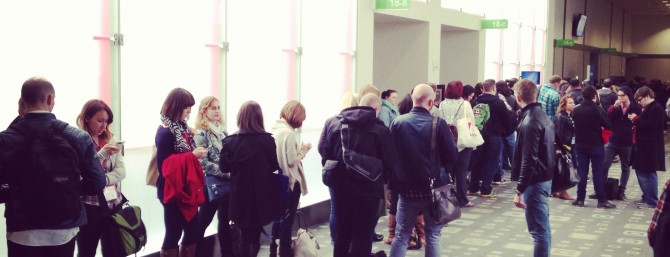
This post also appeared on Pro Photo Daily
SXSW Interactive is one big photo op. In fact, the event turns Austin, Texas, into a playground of image making every March. There are the Instagram meet-ups and street-style portrait studios, and of course lots of brands with a big presence on the streets, urging passersby to post a photo of their products to Twitter.
Inside the convention center where the event is held, the lineup of panels related to content and audience engagement gave promise that the conversation would turn toward the economics of being a content creator. But unlike the SXSW music conference, which has a large panel on enforcing copyright, this year’s Interactive conference did not really touch on the business of being a photographer.
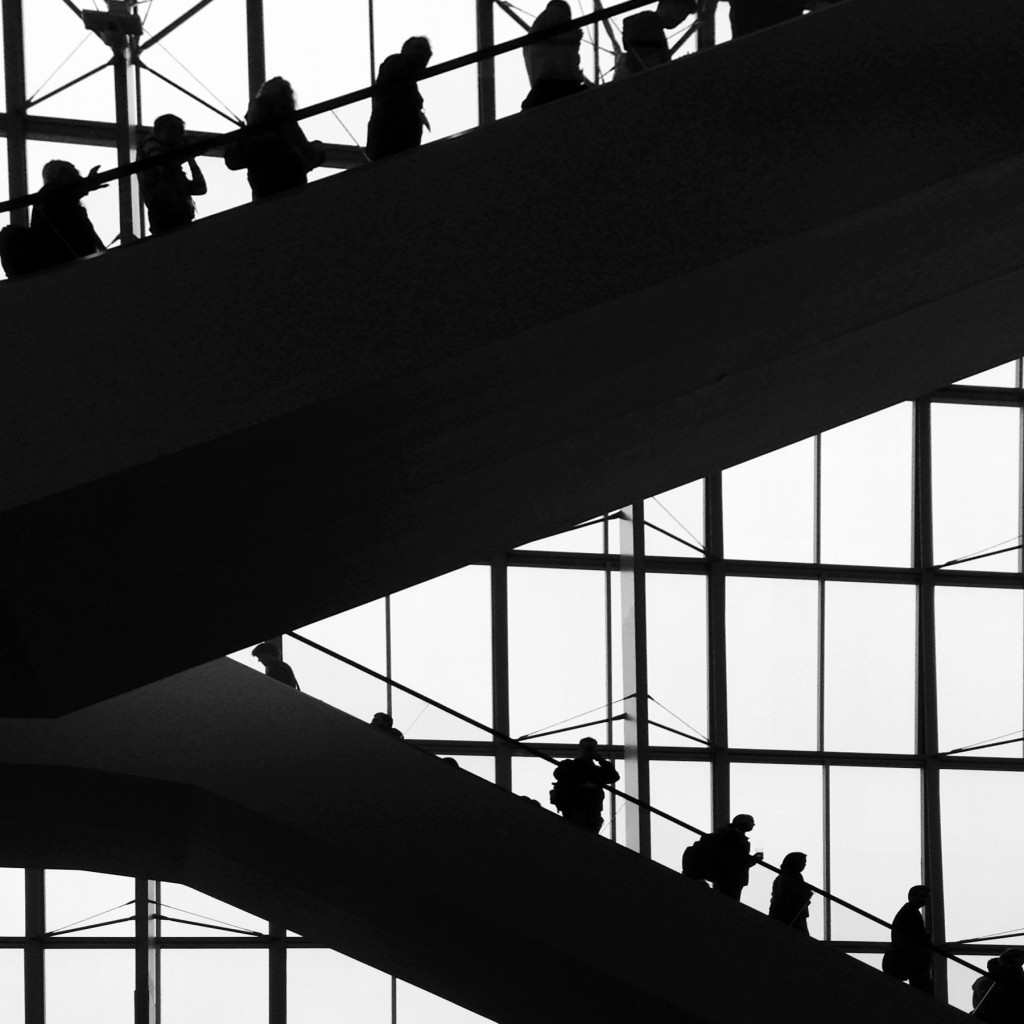
One exception was Getty Images, which had a large presence to coincide with the recent controversial announcement about the company’s new embed tool, which will make most of its archive available to blogs for free. The massive crowds of content-hungry bloggers and brands at the conference were the perfect audience for Getty, which conveniently did not have to address the many photographers who are unhappy with the move.
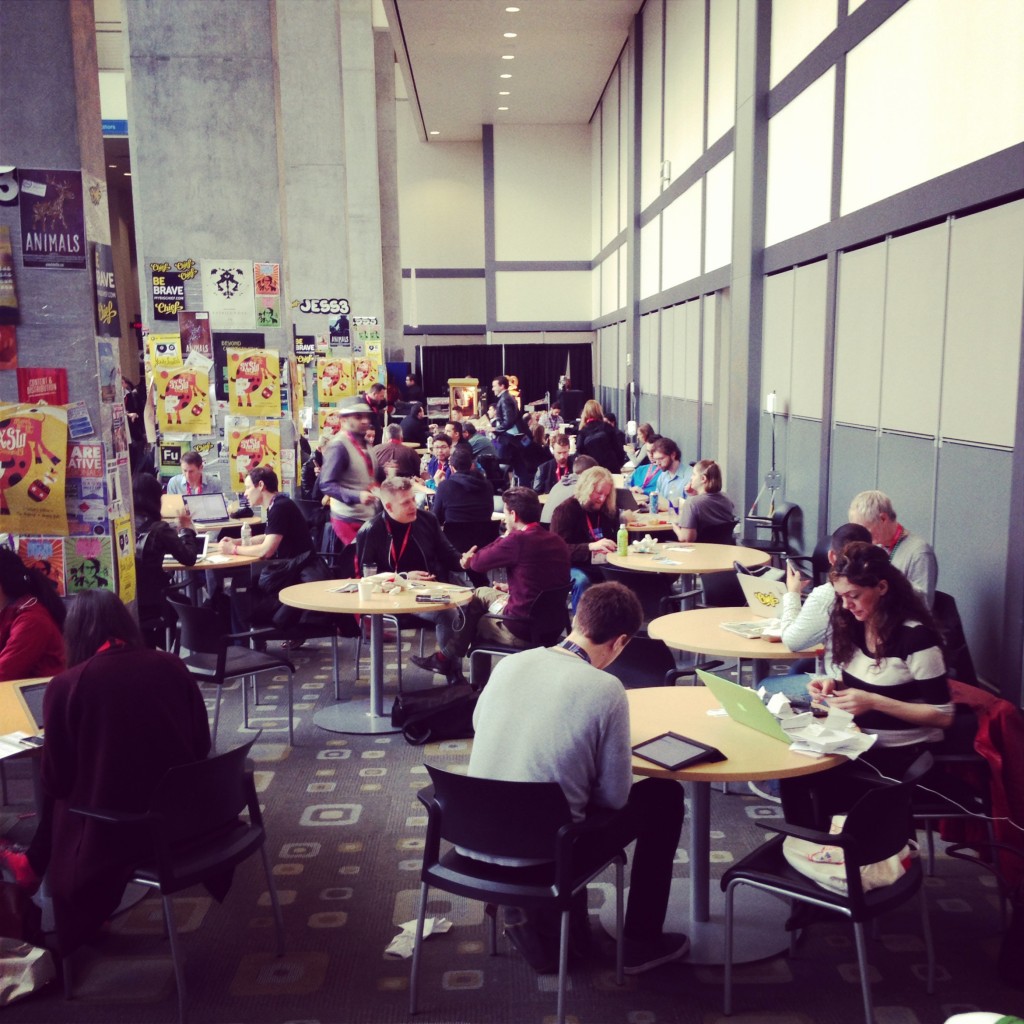
One of the ideas floating around the conference came from the ZERO Paid Media presentation, where Joseph Jaffe and Maarten Albarda were quick to point out that the advertising market could soon reach a saturation point that is unsustainable—which of course would have a huge impact of the photography industry and other businesses, since monetizing content (online and off) now depends almost exclusively on advertising.
Jaffe and Albarda are the authors of a book (crowdfunded at Kickstarter) called Z.E.R.O: Zero Paid Media as the New Marketing Model. ZERO stands for Zealots (advocacy), Entrepreneurship (innovation), Retention (customer-centricity) and Owned Assets (direct to consumer channels), and, simply put, they think the future for content creators lies in cutting out distribution channels and paid advertising and instead promoting and delivering products directly to customers. Jaffe touted Beyoncé as the “queen of ZERO paid marketing,” for instance.
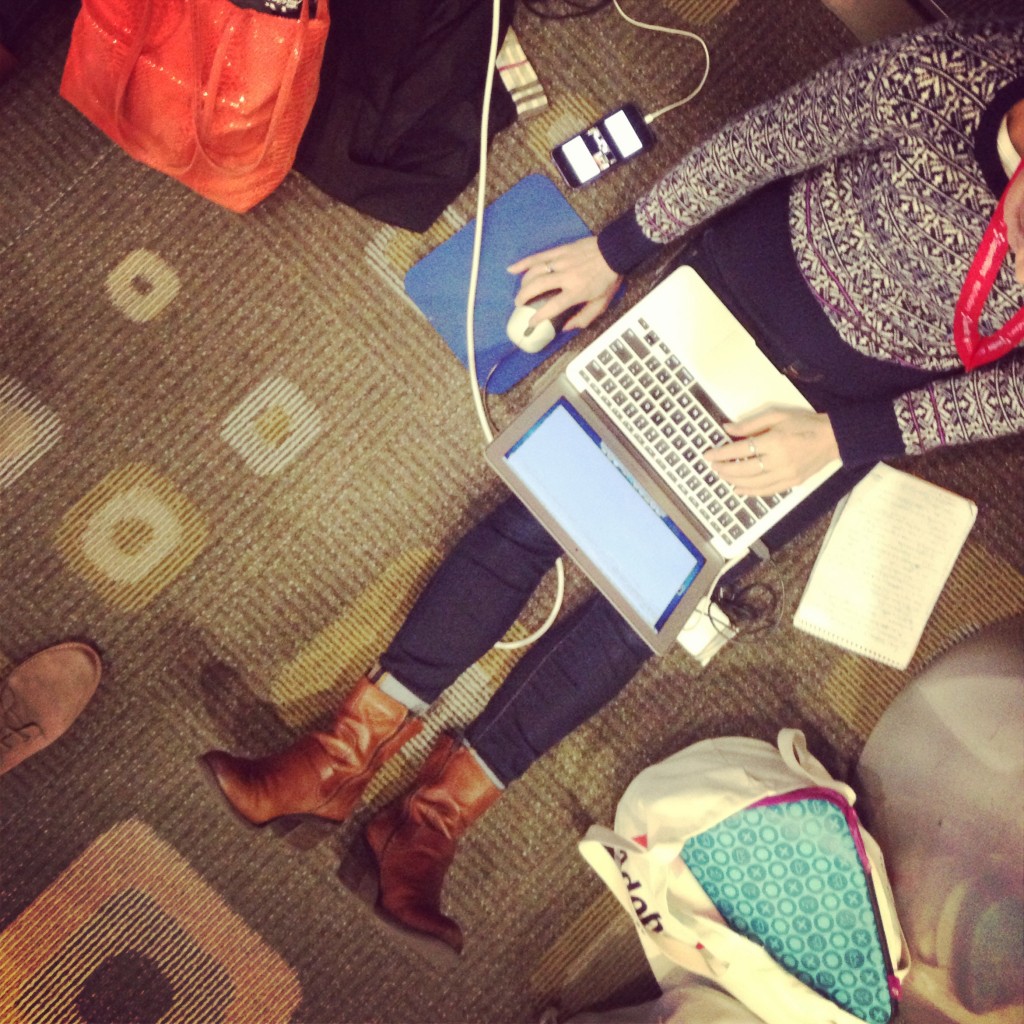
In light of Getty’s move to generate revenue (through ad sales and data collection) on the backs of photographers’ content, the idea of photographers distributing their content directly sounds promising. Photographers are the “O” in ZERO (they own the assets), but they lack a product that the general public will pay for. People will pay to listen to Beyoncé’s albums—even if vast numbers of them still illegally download them.
“If you have a great product, and you have fans, it’s a self-fulfilling prophecy” said Jaffe. Sounds like an easy formula, but for most photographers, I don’t see how it works out. Photographers have in fact been trying to reach customers directly, through crowdfunding, self-publishing, and print sales, but it’s a hard battle to wage when you are a freelancer responsible for all aspects of your business.
The idea of monetizing content came up, briefly, at the Instagramming the News panel, which drew large lines to an almost packed 800-seat ballroom. Panelists included Associated Press photographer David Guttenfelder (@dguttenfelder), Time magazine (@time) Director of Photography Kira Pollack, and Instagram Community Manager Dan Toffey (@dantoffey).
It was Toffey who mentioned people selling prints of their Instagram photos directly to fans through Instacanvas (now Twenty20) and similar sites. But beyond that, most of the talk centered around the work that Time, Guttenfelder, and a handful of other photographers with compelling Instagram accounts are doing.
Guttenfelder talked about his roots in photojournalism as a staff photographer for the Associated Press, and why he joined Instagram. “The photographers who I admire the most were not participating in this space when I started. I didn’t want to be left out of the conversation,” he said.
When AP opened an office in North Korea in 2012, he became the only western photographer with regular access to the country. “I’m able to get beyond the scripted, guarded version of the country,” he said. “I use my phone when I want to be discreet or when I want to post something that I wouldn’t put on the AP wire.”
Not surprisingly, given North Korea’s lockdown on communication within the country, Guttenfelder added, “Until last March it was against the law to bring any mobile device into the country. I had Internet access, unlike pretty much everyone else in the country. Then they opened a 3G network, and I could post pictures from the streets. This opened up a whole new world professionally for me.”

@dguttenfelder
The North Korean government does not preview or censor Guttenfelder’s work. But, he said, “We have difficult discussions after they see it published.”
Toffey told the audience that his job is to tell the story of the Instagram community by showcasing the diverse events that are being documented. “We try to shape people’s view of Instagram,” he explained.
How news coverage is featured at Instagram is a topic of much discussion within the company, he said—especially lately with the conflicts in Syria and Ukraine. Unlike Guttenfelder, whose job is to travel to wars and natural disasters, everyday users on Instagram can show a glimpse of their lives in a different way. This is especially important in areas like Syria that are, as Pollack pointed out, “severely under-reported. Many of the images [we see] are from the activists”.
Toffey shared images from Malek Blackhatoviche, aka @syriandeveloper. Backhatoviche, who describes himself in his Instagram profile as a “Freedom Fighter,” started posting pictures before the Syrian civil war exploded. “I was being brought along on this person’s existence,” he said. “There would be four or five photos of rubble and then a cat photo.” The images by Blackhatoviche allow viewers to ride along amid the chaos. “The dust hasn’t settled in his photos,” Toffey added. And unlike a journalist who needs to maintain a neutral stance, individuals can caption and hashtag images that show they are not unbiased viewers.
On the domestic front, Toffey highlighted the images of Instagram user @greggboydston, a USFS Hotshot and brewery worker in Mammoth Lakes, California. His feed, a mix of backcountry snow sports, hanging out with friends, and fighting fires, gives people an intimate look at his life.
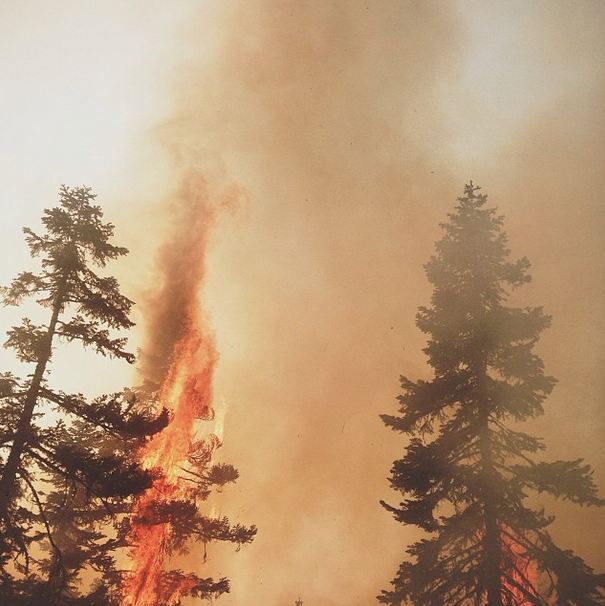
@greggboydston,
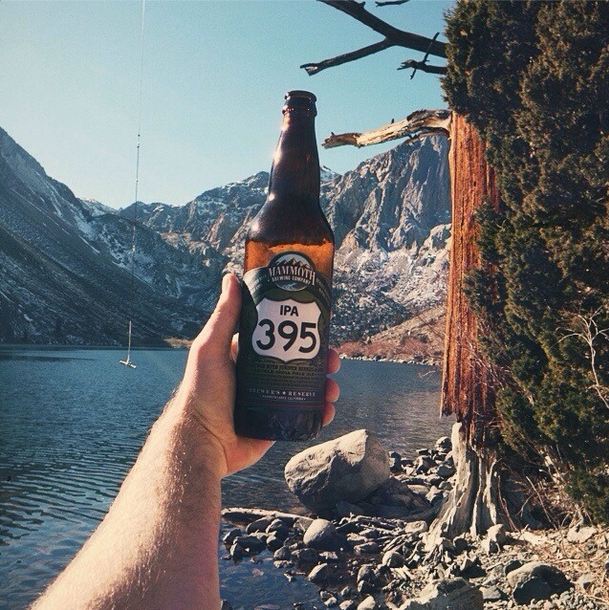
@greggboydston,
Pollack shared the feed of @satyaar, whose work was discovered when he started following the Instagram account of Time’s international photo editor. “As an editor, you’re finding talent in places you wouldn’t know. He’s an interesting example of the kind of people you find when you go down the rabbit hole of people’s feeds,” Pollack said.
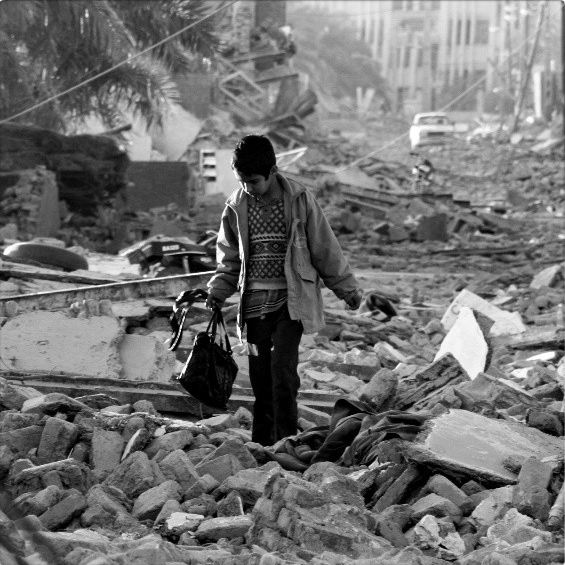
@satyaar,
All three panelists talked enthusiastically about the speed by which images can be distributed through Instagram. Guttenfelder reflected on covering Typhoon Haiyan in the Philippines. “Photographers cover natural disasters because we want to get an immediate response from people by photographing the needs on the ground. I wasn’t prepared for how immediate [the response] was. Filipinos were so grateful that I was using [Instagram].”
Guttenfelder posted photos of a Filipino hospital with no neonatal care. “They moved all these babies into a chapel and [were] manually pumping oxygen to try and keep them alive. The commenters rallied to get a generator there,” he said. “It was an immediate response in a way I wasn’t prepared for. This started lots of conversations about the power of this immediacy.”
Time’s Hurricane Sandy coverage also leveraged Instagram’s speed. “We put five photographers on assignment,” said Pollack. “It was a highly visual story and we gave the photographers the keys to the car. These pictures moved so fast. We were seeing the images for the first time as [the photographers] were filing.”
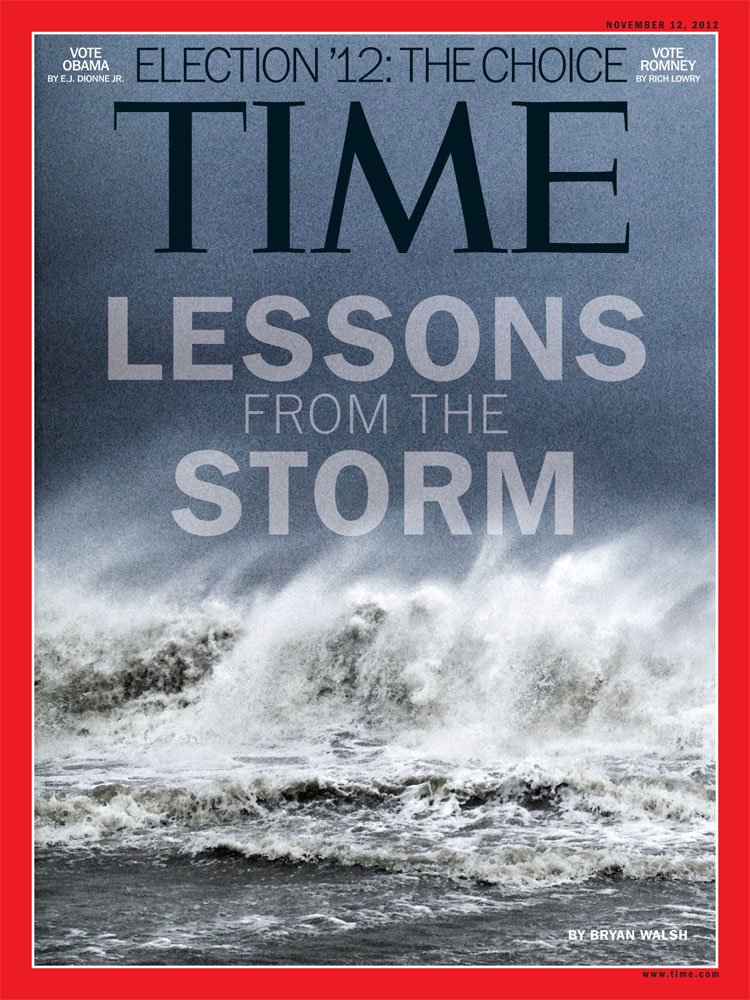
The idea that everyone is experimenting, and that no one has any real answers about the impact of Instagram, came up repeatedly. Asked what Instagram’s role in the future of news photography was, Toffey mused, “We’re still trying to figure out where we fit in.”
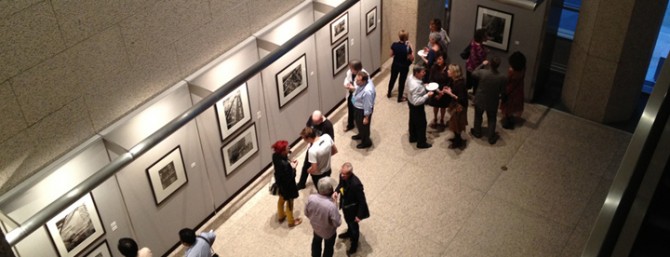
In the world of photography, many groups and organizations work to promote photographic education and serve as a platform for up-and-coming photographers; we have the American Society of Media Professionals, the American Photographic Artists, Professional Photographers of America, and the Society for Photographic Education to name just a few. While any group of like-minded individuals with a common goal aids in bring new ideas and conversations to existence, arguably none has been as influential or as hard working as FotoFest.
Dating back to 1983, FotoFest was already a promising organization with its highly-regarded co-founders Frederick Baldwin and Wendy Watriss. Born in Switzerland, Frederick Baldwin moved to the United States at a young age and served as a Marine in Korea where he would later receive two Purple Heart Medals for wounds taken in battle. His early years were spent freelancing for such behemoths as Life, National Geographic, Esquire, Sports Illustrated, Newsweek, and many more. By 1981 Baldwin was teaching at the University of Texas at Austin in the School of Communications and also directed the Photojournalism program at the University of Houston. That same year, Wendy Watriss was presented with the prestigious Oskar Barnack Award for her work that exposed the effects of Agent Orange as experienced by Vietnam Veterans. After receiving the award from Leica Camera AG at the oldest European photography festival, the Rencontres Photographiques d’Arles, Wendy along with Frederick Baldwin and the European gallery director Petra Beneteler incorporated FotoFest into the Houston, TX photographic ecosystem.
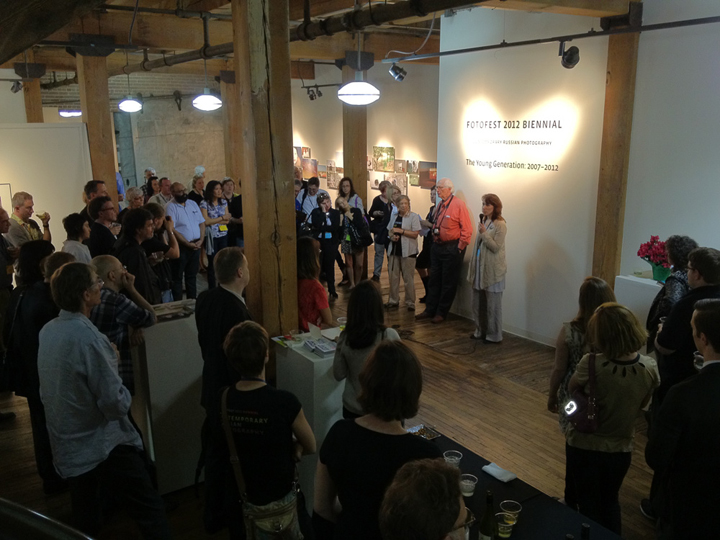
Photo by Walter Pickering
Since, FotoFest has served the community of photographers through fourteen international biennial exhibitions, numerous educational programs such as Literacy through Photography, international exchange programs, and the coveted portfolio reviews referred to as The Meeting Place. Together along with various multi-cultural organizational spin-offs, FotoFest serves as the most important platform for new ideas, exchanges in inter-cultural art, and looks to the future to sustain a relevant interest in all photographic happenings around the globe. for new ideas, exchanges in inter-cultural art, and looks to the future to sustain a relevant interest in all photographic happenings around the globe.
For the Fifteenth FotoFest Biennial, VIEW FROM INSIDE, the world takes a look at contemporary Arab photographic art and highlights 49 Arab artists from 13 different countries. With the War on Terror in the Middle East still fresh in American’s minds, this collection of work showcases introspection and expression from a culture that most Americans have yet to experience. “This generation of artists grew up when satellite television, photo digital technologies, the internet and social media became widespread in the Arab world,” says FotoFest Senior Curator Wendy Watriss. With the internet and social media offering channels between different cultures, it’s not the differences but the similarities that will most likely be talking points for discussions among students and artists, alike. This year’s biennial also comes on the heels of the new executive director, Steven Evans. As a revered artist and curator, Evans looks to bring a fresh vision to the organization but intends to keep the basic principles of spreading knowledge the same.
FotoFest is a biennial multimedia festival that is held in Houston, TX. There are various reasons as to why artist attend each year, whether you want to network, experience new culture or view amazing art. Creators have their most recent work reviewed; empowered and enlightened minds will be surrounding the event giving them a chance to connect with other well-known artist. Curators, art buyers, book editors, and art enthusiast will be attending assuring that countless opportunities to network ¬¬will be available. In addition, you can admire the work of talented artists that had the privilege of being selected for such a prestigious exhibit. Each artist creates a body of work that impacts the viewer making it an invigorating experience that will last long after the event is over.
“What’s great about FotoFest is the photographers and artists that you meet. They fly from all over the world and sometimes it’s a once and a lifetime chance to meet certain people. There are friends that I’ve met at FotoFest that I still keep in touch with today.”- Photographer, Walker Pickering
Karin Adrian Von Roques, a renowned curator, will be providing her assistance and knowledge of middle-eastern art. She studied Islamic history and has a background in contemporary Arabic and Iranian art cultures.
“The FotoFest 2014 Biennial will be the first presentation of contemporary photo-based and video art from the Arab countries to be done in the United States in recent years. We are looking at the work of the most important artists from several Arab countries.” – Curator, Karin Adrian Von Roques\
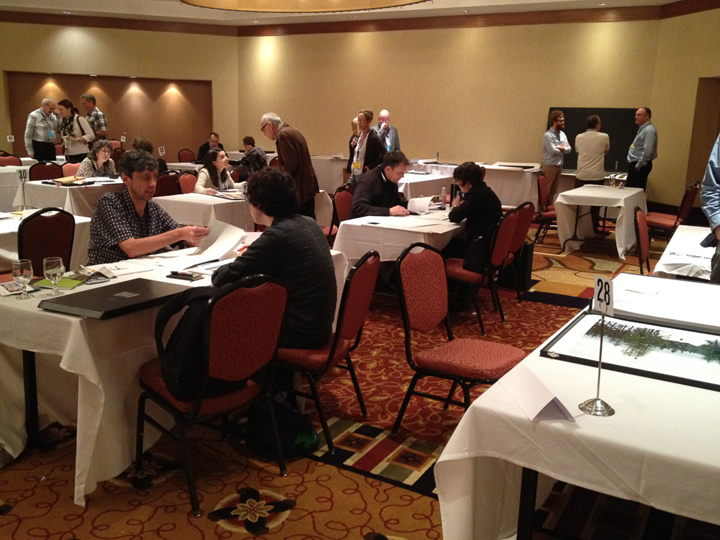
Photo by Walter Pickering
Other programs and events include Arab conferences, lectures and symposiums. Topics to be discussed are: The History of Visual Art and Photography in the Arab World, Photography in the Arab World Today, Religion and Spirituality in Contemporary Art, The Role of New Media in Contemporary Art, and Gender Art in the Middle East and North Africa. This will be held Saturday March 29, 2014 at the Museum of Fine Arts in Houston (MFAH). Artists will be presenting to local schools, colleges and universities. Arab literature, music, poetry and films will also be showcased at the event. Visit http://2014biennial.fotofest.org/ to stay informed on all dates and locations.
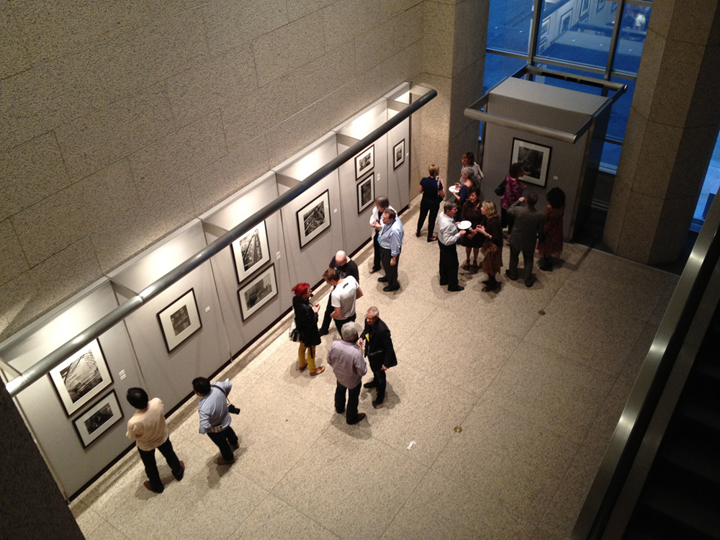
Photo by Walter Pickering
Arab exhibitions will be held from March 15 – April 27 2014. The following are the four venues where the art will be displayed and open to the general public.
Spring Studios, 1824 Spring Street, Houston, TX 77007
Winter Street Studios, 2101 Winter Street, Houston, TX 77007
Silver Street Studios, 2000 Edwards Street, Houston, TX 77007
Williams Tower, 2800 Post Oak Blvd, Houston, TX 77056



